Oct
Passport Confessional | Marseille 2024
In 2002, I fell in love with Marseille. Not the city in all of its complexity, but the concept of it. I first learned of this historic city in 2002 while watching foreign travel stalwart Globe Trekker. But I was a semi-depressed college dropout and put my ideas about Marseille on the back burner.
Then in 2008, I prepared to make my first trip to Europe, and Marseille was on my itinerary. Somebody that I used to know told me, “Don’t go to Marseille. It isn’t safe.” all the while ignoring several key realities: They were from Camden, NJ, 2. I am from Milwaukee, WI, 3. We both live in Washington, DC, and 4. We have both spent a considerable amount of time in New York City.
Instead of ignoring this advice, I went ahead and cut France’s oldest city from my itinerary, choosing instead to go to Grasse off-season. For years, I regretted this decision. When the opportunity presented itself to take a long overdue paid vacation, the only place that came to mind: Marseille.
I made this trip in haste. My employer forced me to go on Paid Time Off and I hadn’t been on vacation in nearly eight years. I had a lot of money saved up during COVID, and, unlike other trips I’d planned, I had no itinerary other than to sleep and eat as much seafood as possible. I just knew to pack lightweight garments, comfortable shoes, one good handbag, my passport, and at least something to wear to a pool or beach.
”Entering Marseille, I rode through a succession of rocky, desert-like landscapes with occasional signs of suburban sprawl dotting the landscape, in the form of storage facilities, car dealerships, and rest stops fighting the anarchic, iconoclastic spirit of endlessly creative graffiti art pitted into the rocks.
For the first time in my life I experienced the dignity of business class for an international flight. In a previous entries of Passport Confessional, I wrote about my disastrous experience flying to Brazil and the torture of crying children on a flight to Australia. Now imagine both of these scenarios in economy.
Taking my first flight in business class gave me some class anxiety. I always wanted to know what it was like to experience flying internationally, maybe not in first class, but in something significantly better than being expected to sit nearly upright and cramped for 12+ hours. Now having taken it, I believe every international flight should provide this kind of seating for everyone. I don’t care how many fewer flights it takes or how expensive it is. Nationalize the air, and make sure people can at least lay down to sleep, and be greeted with healthy, nutritious meals.
Because I chose Royal Air Maroc, I had a layover at Casablanca Mohammed V International Airport, which gave me a real feeling of being in Morocco, if only for a few hours. Even just waiting in the lounge gave me the sense that I was in North Africa, from the separate smoking lounge to the aggressive in-airport spa lounges (that I eventually gave into, getting a full-body massage mere steps away from my gate).
Arriving in Marseille, I took a rather overpriced cab into the city. Not many cities think about how the location of an airport affects how visitors interpret the city. Entering Marseille, I rode through a succession of rocky, desert-like landscapes with occasional signs of suburban sprawl dotting the landscape, in the form of storage facilities, car dealerships, and rest stops fighting the anarchic, iconoclastic spirit of endlessly creative graffiti art pitted into the rocks. A large “Marseille” sign in the form of the Hollywood sign greeted and delighted me.
My first night in Marseille was mostly uneventful. Checked in, unpacked, showered, dealt with some last-minute drama at work (!), and had dinner in the hotel restaurant. This was particularly delightful as they were showing a football (a.k.a. Soccer) game on the outdoor projector. After that, I went for a bit of a walk around the neighborhood to clear my head and be present.
When people would ask me how long I was staying in France, the tacit assumption was that I wouldn’t be spending much time in Marseille, as if there wasn’t much to do. Why wouldn’t there have been? After all, Marseille is France’s oldest and second-largest city, only behind the more famous Paris. But having now lived in Washington, DC for 20 years, I can see the parallels in how the city is perceived by outsiders and the misconceptions that frankly far too many people have.
It can’t go unnoticed that much of this stigma is due to the racial makeup of the city. Like my longtime home of the District, Marseille is a very visibly black and Arab city. For some, that is enough to deem it “dangerous.” But when you actually spend time there, you’ll find a vibrant, kind, and very safe city if you know your way around.
My feelings for Marseille were longstanding and were reignited when the late Anthony Bourdain featured the city on his CNN series Parts Unknown. He said something in the episode that affected me. He and his guest were discussing over dinner Marsellie’s history as a previously very wealthy port city for France. The guest said that Marseille had essentially become like a Detroit. A (still) great American city with the auto industry that the U.S. abandoned. In Bourdain’s words, “It became too black.”
Setting that stage, I knew what to expect. At the very least, something familiar.
The next day I got up early, eager to see what the city had to offer. The first thing I needed to do was get a bus/Metro pass and get familiar with the local transportation. I intentionally chose a hotel that was close to many forms of public transit while still being close to a lot of attractions and destinations. As I rode the bus through the city, I just fell in love. The warmth, generosity, patience, and character shined through every person and every corridor. Like any relationship, I told myself not to fall in love too quickly. All cities have contradictions and inconveniences. There will come a point where I would be disappointed.
Wander the Streets Long Enough and You’ll End Up With a Tattoo and an Invitation to Dinner
If you are longtime reader of this series, you know that I love museums. Mucem, with it’s incredible cage-like architecture complementing the older surrounding buildings was too much to resist.
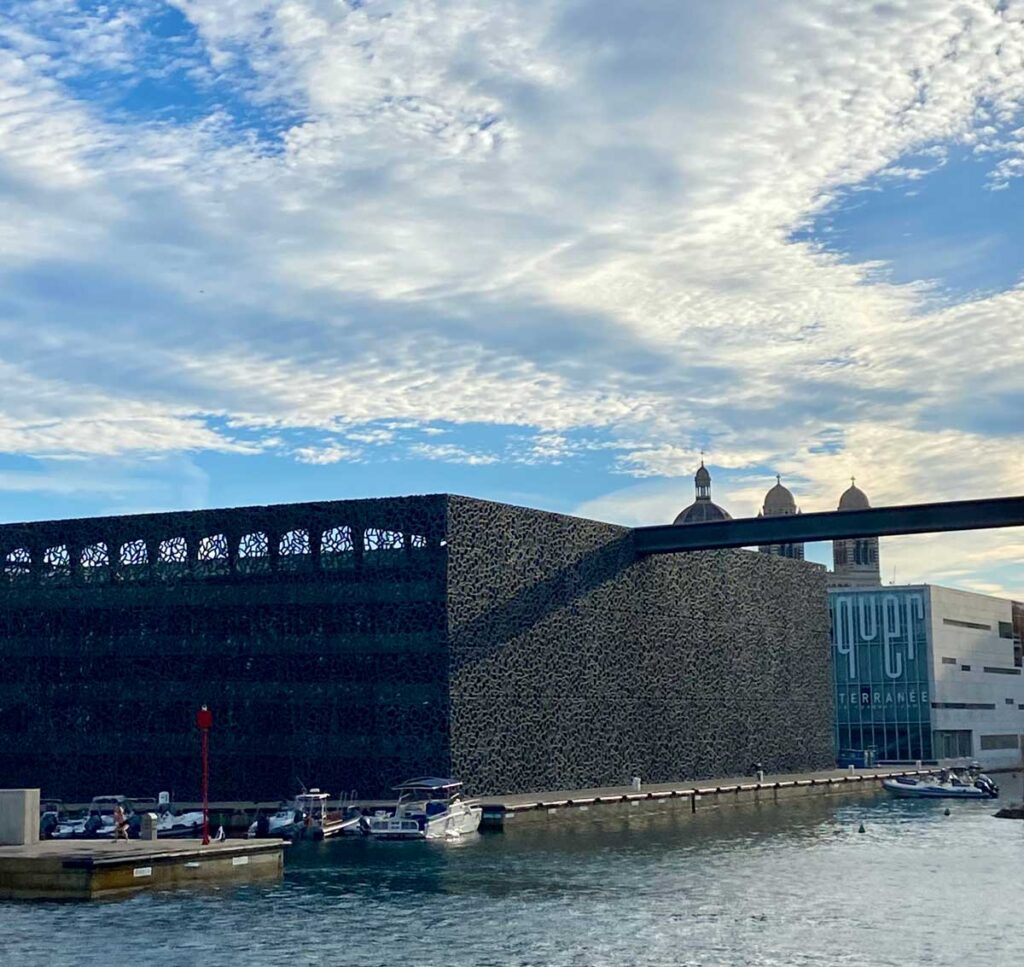
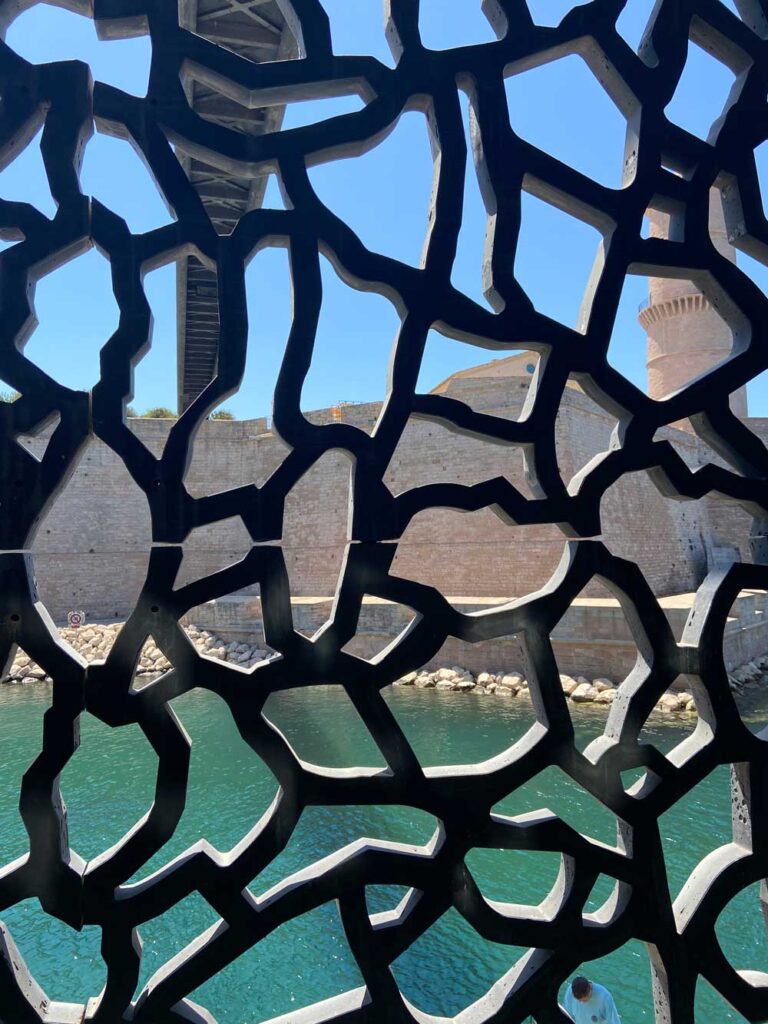
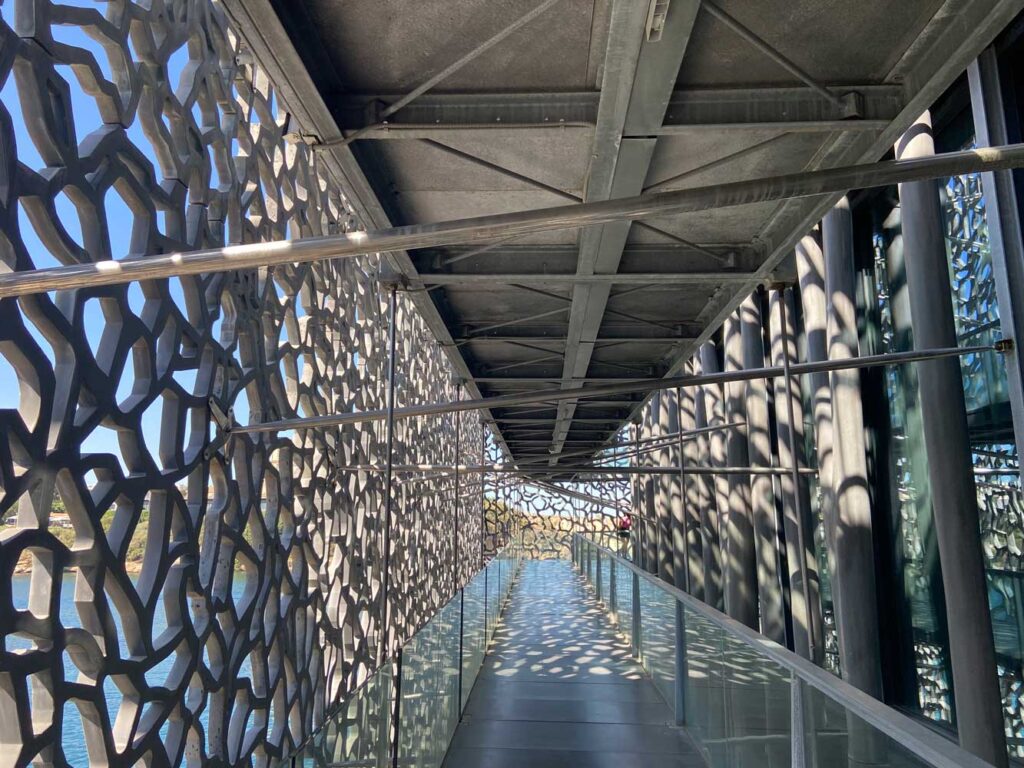
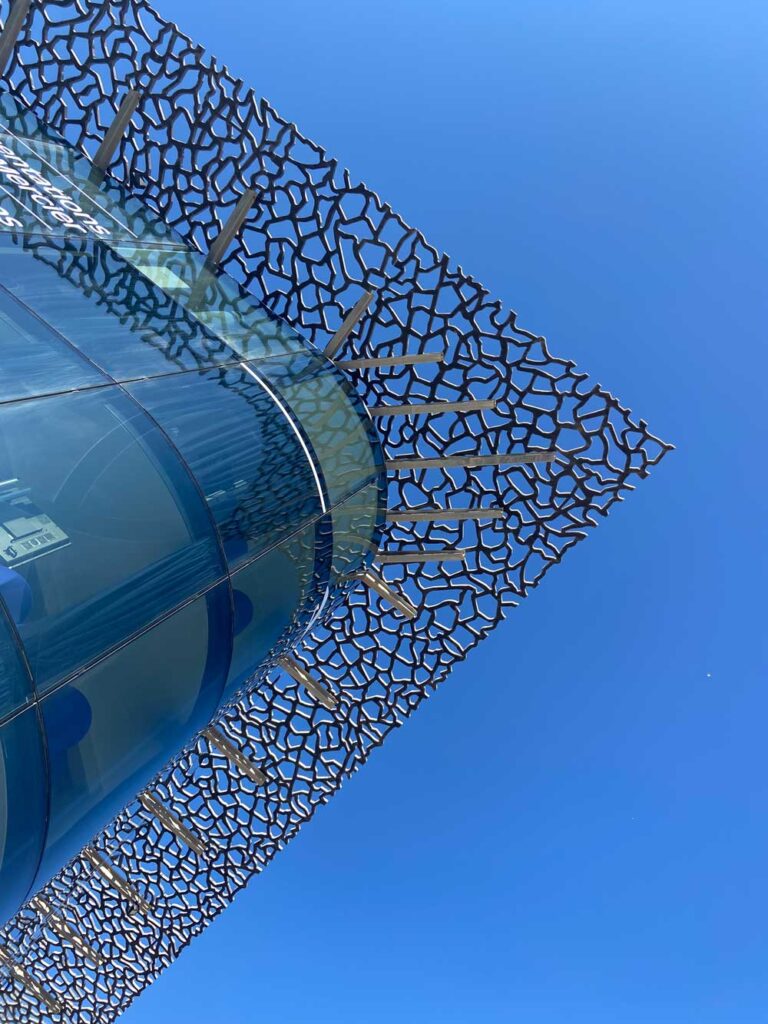
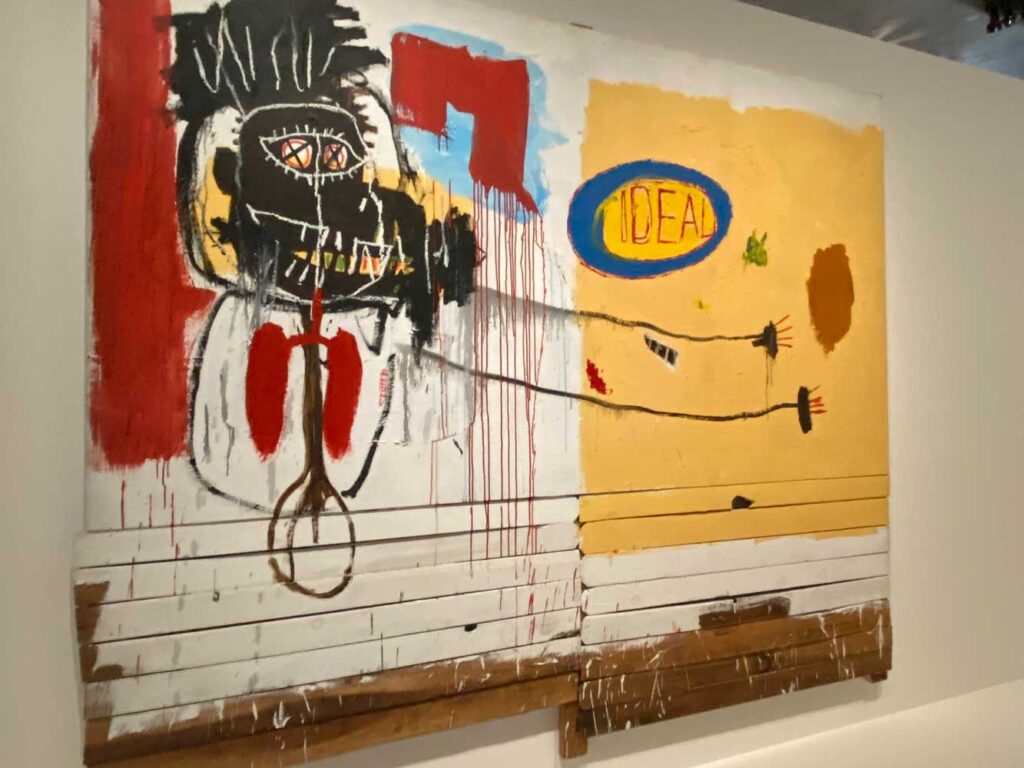
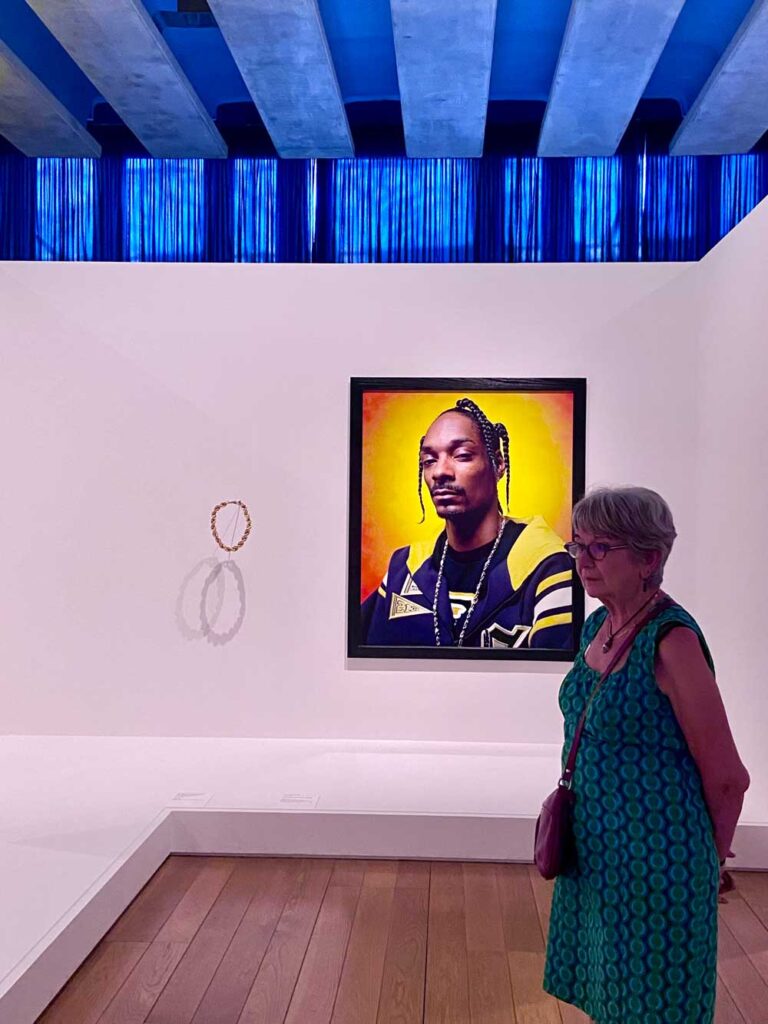
Mucem, a local/regional museum located near the water, reminds me of The Milwaukee Art Museum with The Calatrava as this postmodern mark on the port of entry. It connects to Fort Saint-Jean. Mucem along with a cluster of other attractions are part of a long-term investment project in the city known as Euroméditerranée. Urban renewal projects make me anxious. They have a long history of initially seeming like a good thing for the economy. But in the long run, eventually displace the older and poorer residents by making the area neighborhood — and eventually the entire city — unaffordable.
I went to the rooftop to relax and grab a coffee. I struck up a conversation with Emme, whose family and husband are from the States. By noon, I had made a new friend and an invitation to dinner in a few days.
I continued to wander about the city, using the tram as my guide. I visited Palais Longchamp, a historic monument that houses both the Museé des Beaux-Arts and the Muséum d’histoire naturel de Marseille. It’s an undeniably beautiful place, even though I didn’t navigate every part of it. With the heat reaching upwards of 33 degrees C (about 91 degrees F) I hopped back on the tram, walked into the nearest bar, drank a lemon ginger soda and did the traditional European pastime: Watched people.
Then I saw a sign. A tattoo parlor right next door. Since my birthday trip to Portland, I’ve taken to the idea of getting a tattoo in every destination. The staircase was a test of nerves. But it was great. All this in one day.
If God asked us, “Show me your best society,” we would have to show them Marseille.
Sit on the Bus Long Enough to Sit in a Cove and Curse at the Fireworks
On that first dull day, I rode the bus past a cool-looking spot. It had a basketball court, mini skate park, outdoor seating, and a sign in big blue letters, “Friche La Belle de Mai. I knew that I had to go back the next day.
Friche La Belle de Mai is a warehouse converted to a multi-use community center. It holds a cafe, a library, two art museums (one paid and one free), an open area for dance rehearsals, a radio station, and an absolutely breathtaking rooftop venue.
One of the staff members mentioned that I was a writer and that gave me free entry to the paid museum. That thoughtful gesture was validating. I am a published and paid design writer, and that was enough.
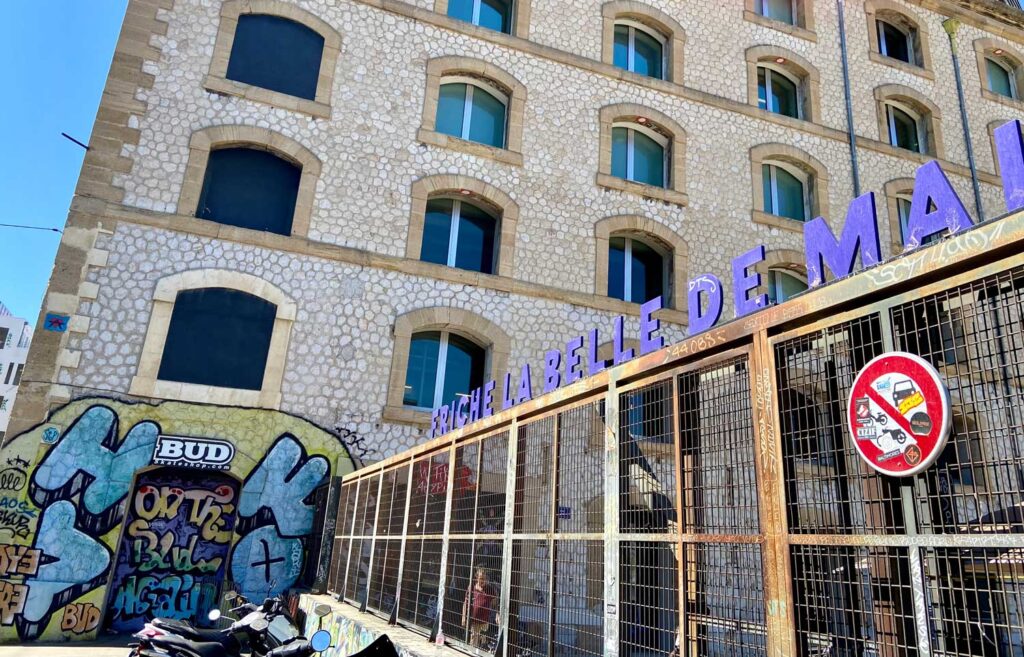
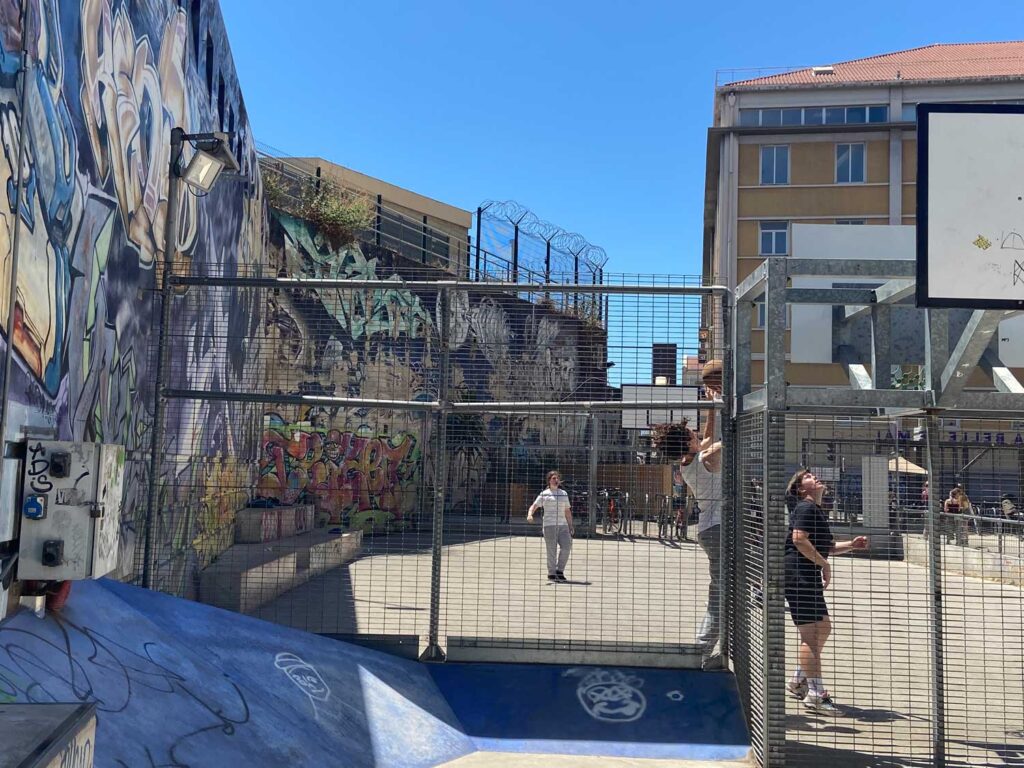
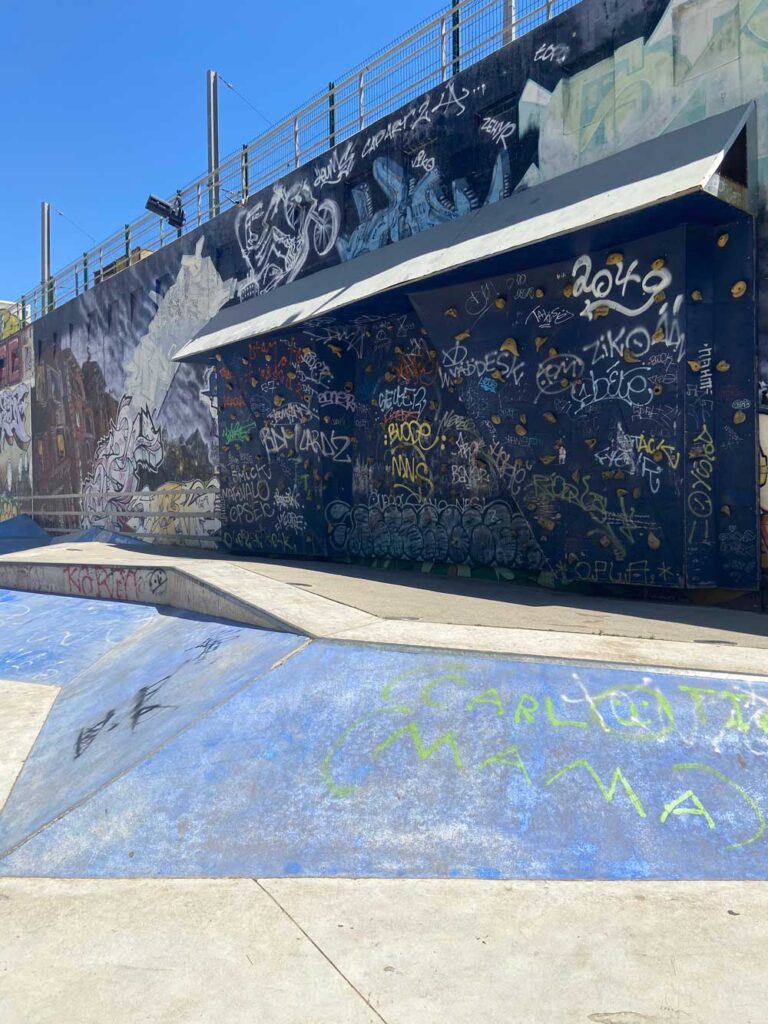
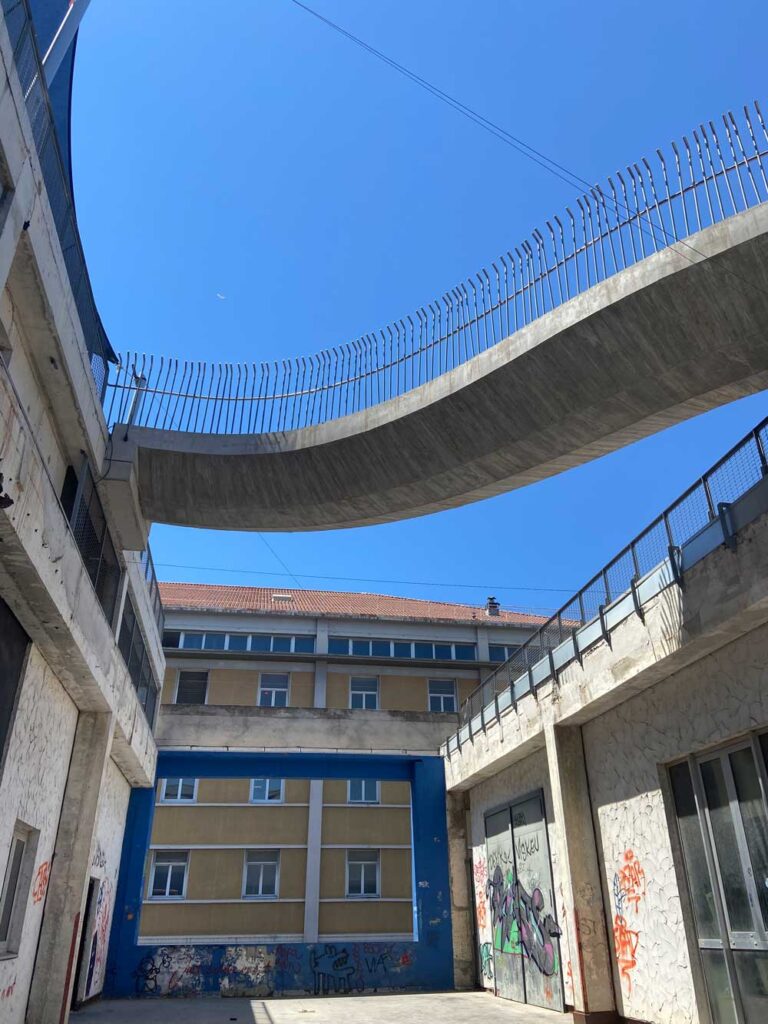
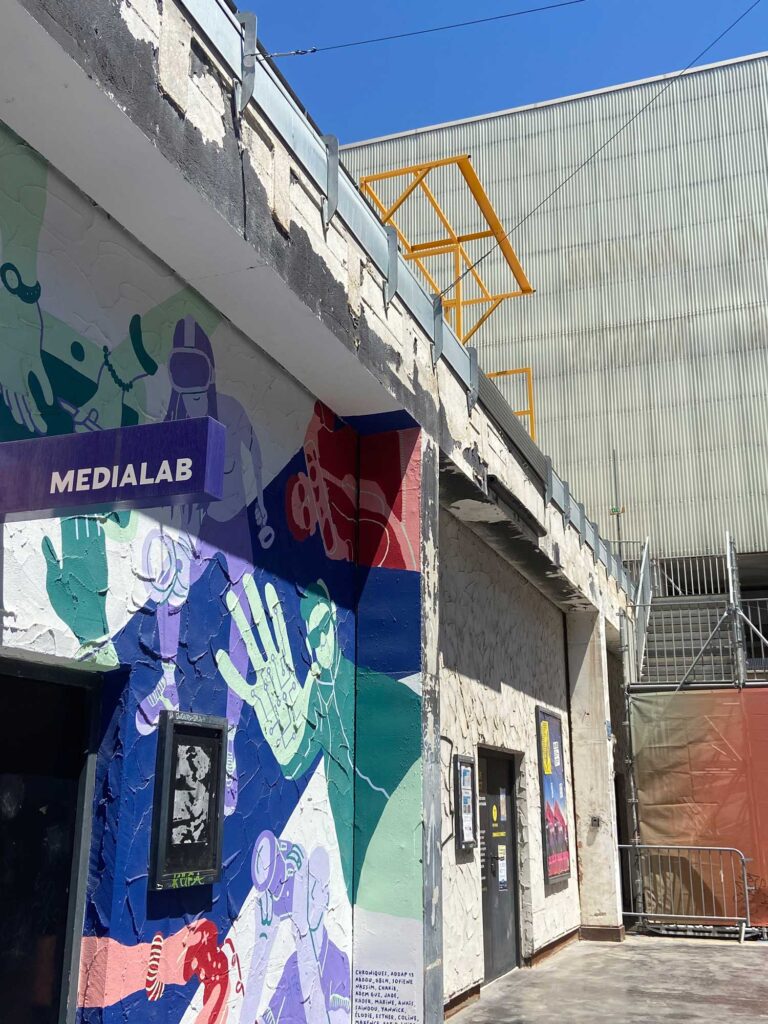
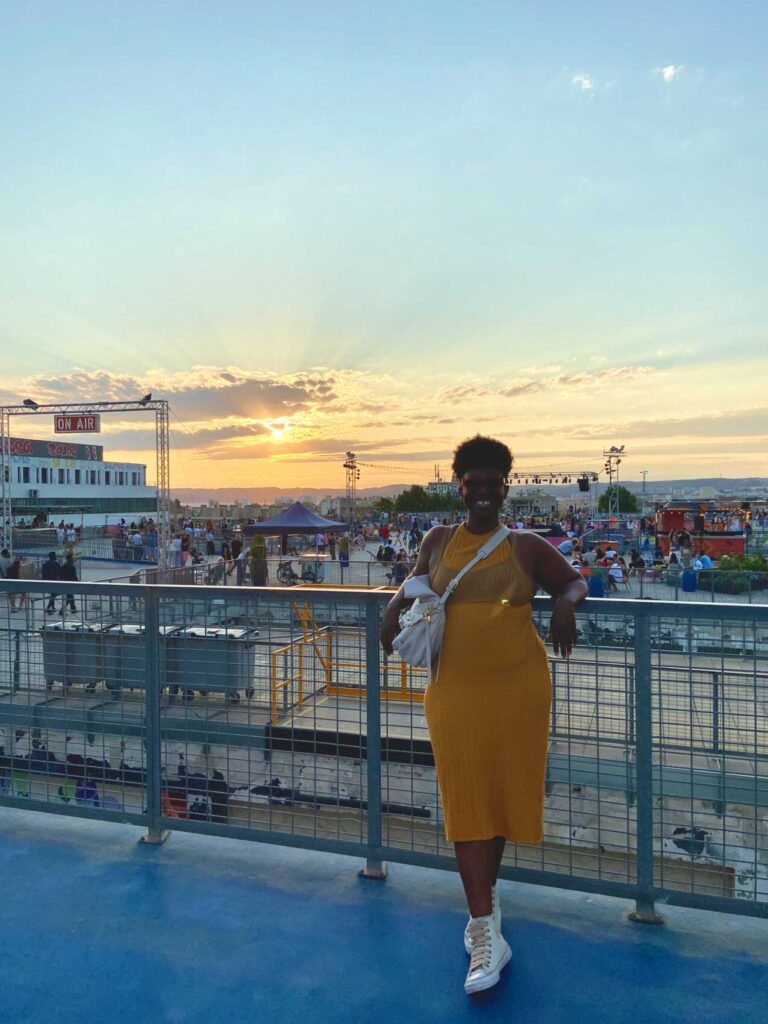
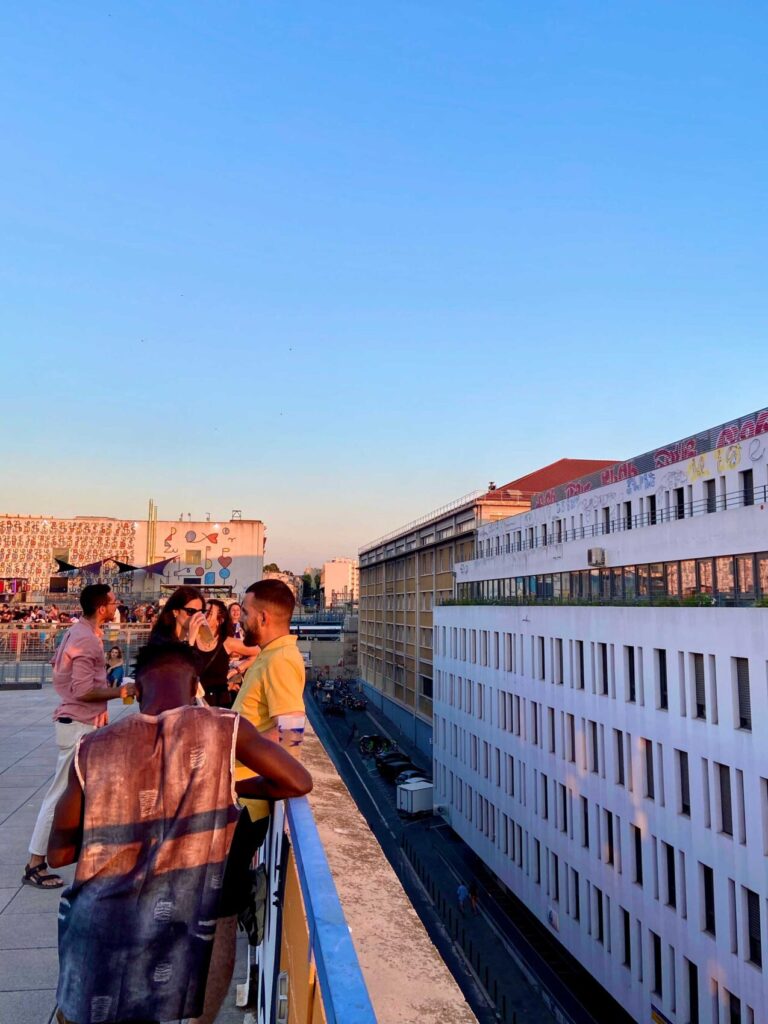
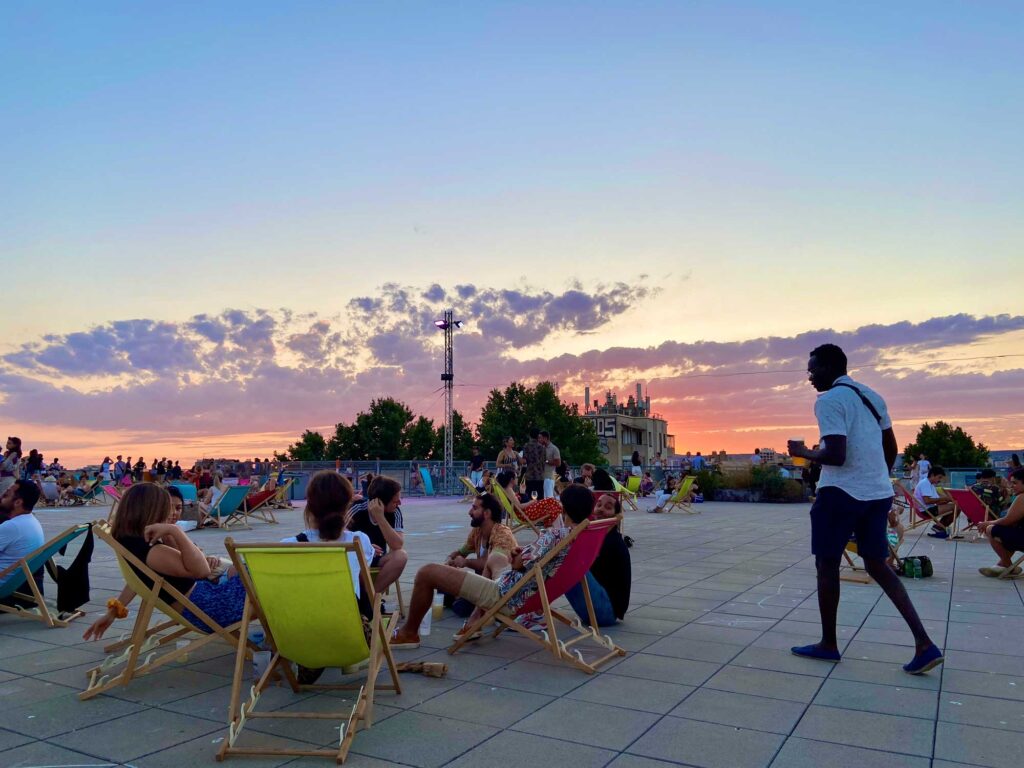
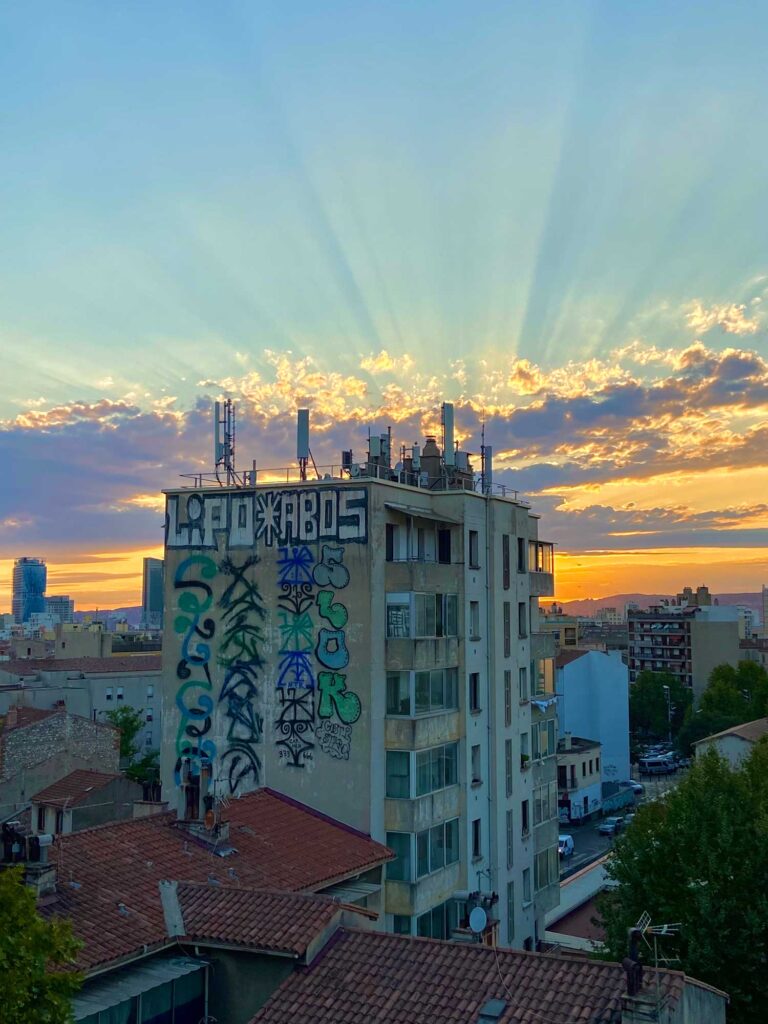
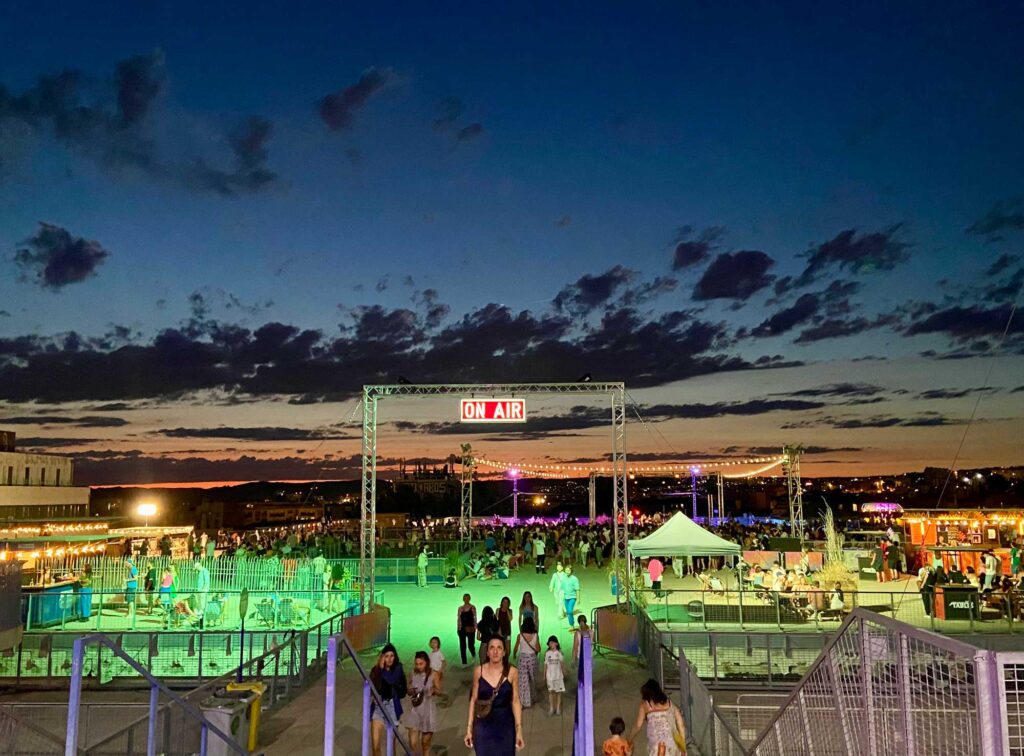
After dinner, I went back the next night for their Friday night live DJ and MCs. Marseille has a large hip-hop scene and I couldn’t wait to see what they had to offer, even if my French was extremely limited. Just going off vibes alone, Marseille’s hip-hop scene reminds of me of the era when the genre still mostly belonged to the youngest, most disaffected but ultimately the most collaborative and optimistic youth of a generation. As I illustrate in my short “A (Brief) History of Bad Hip-Hop Debates’” hip-hop is youth-driven. Marseille — and the larger hip-hop culture in France — is no different.
For La Friche’s Friday night On-Air live music series they hosted a collective known as La Frappe.
Based on the vibe of the audience, they have a loyal enough fanbase to know every song word-for-word, once again reminded me that countless places in the world have a local music scene all their own.
Protest Posters of New Popular Front
As I headed out I waited for the nearby bus, expecting it to arrive shortly. To my surprise, many bus routes stop running after 9:30. I knew it was time to trust my past experiences as a solo traveler: Watch what other people do. Let people help you. Don’t get in a stranger’s car alone. Luckily, two other partygoers visiting from Argentina and Brazil respectively were also having trouble getting home. We all decided to split an Uber and drop us off at a hotel. While waiting they recommended I visit The Frioul. All it took was 11 Euros and a ferry took you there. I got up very early the next morning, to beat the Saturday crowd.
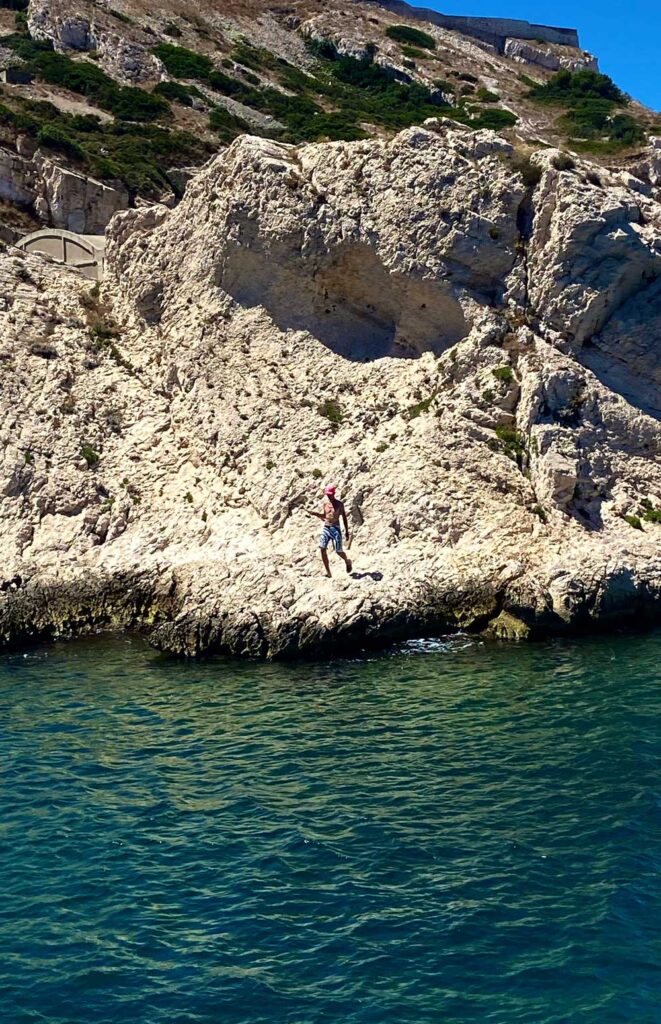
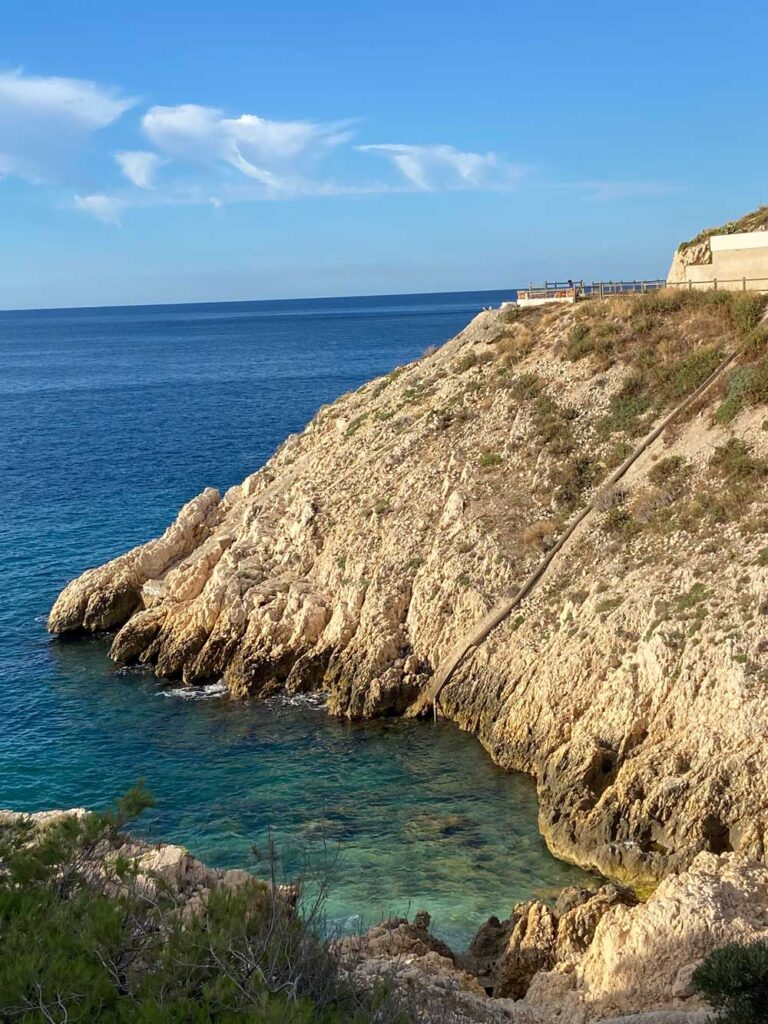
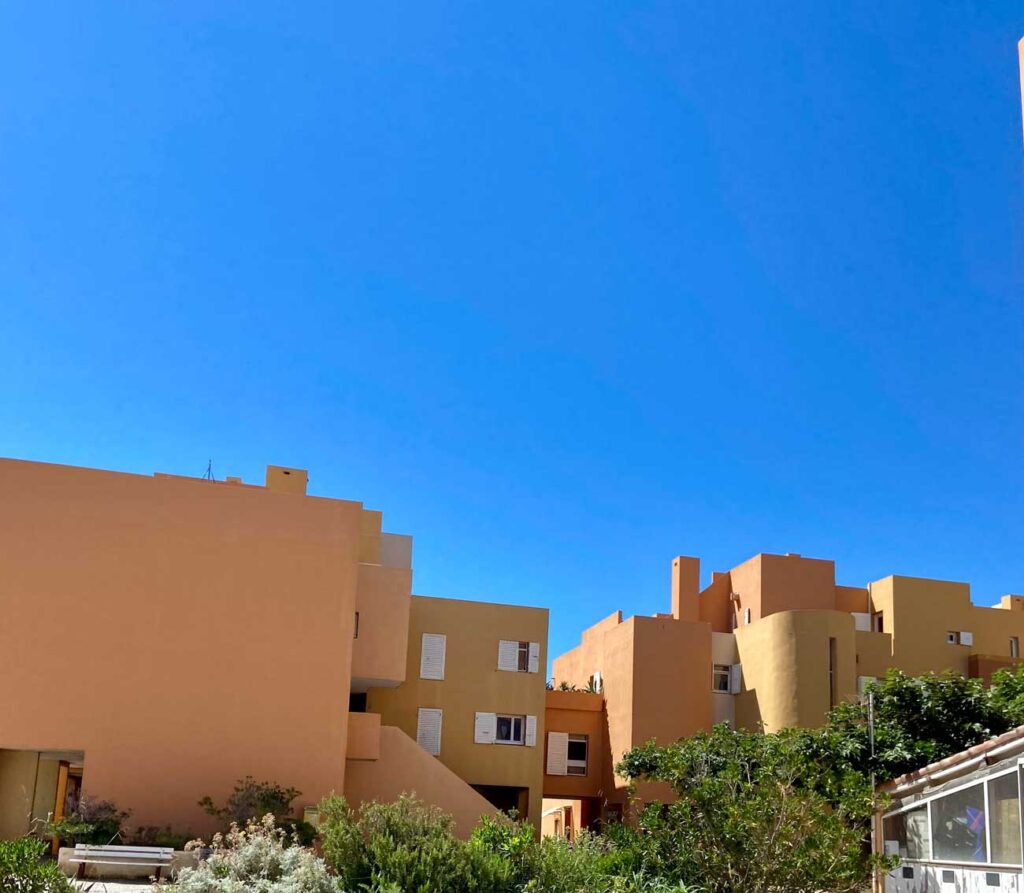
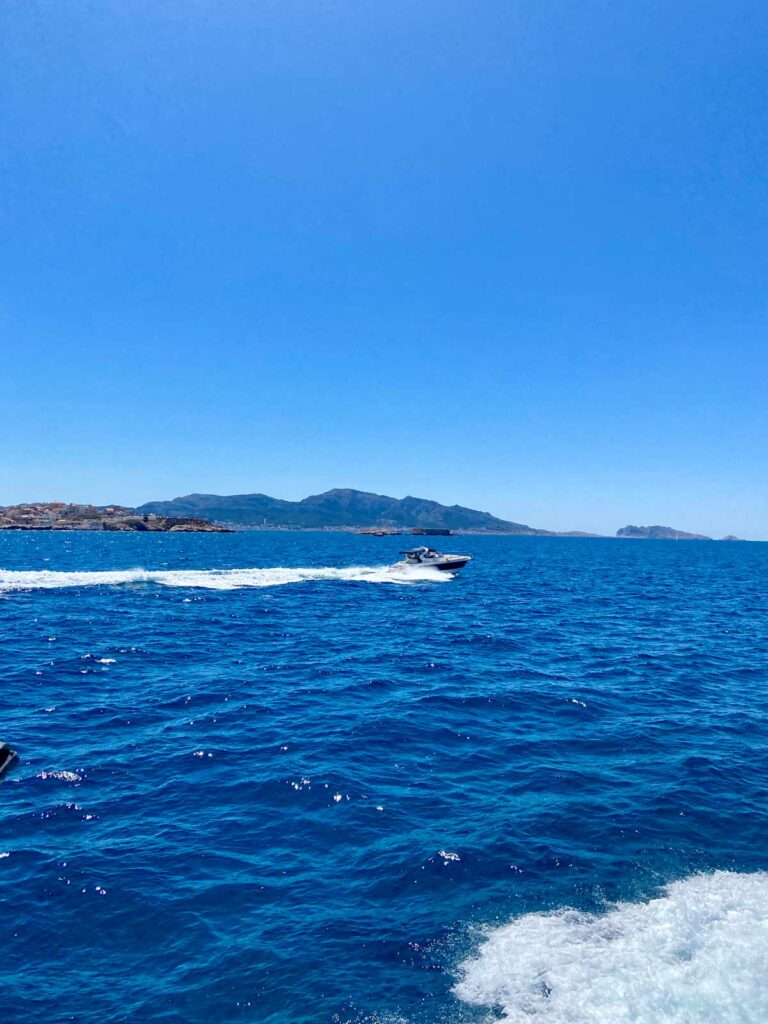
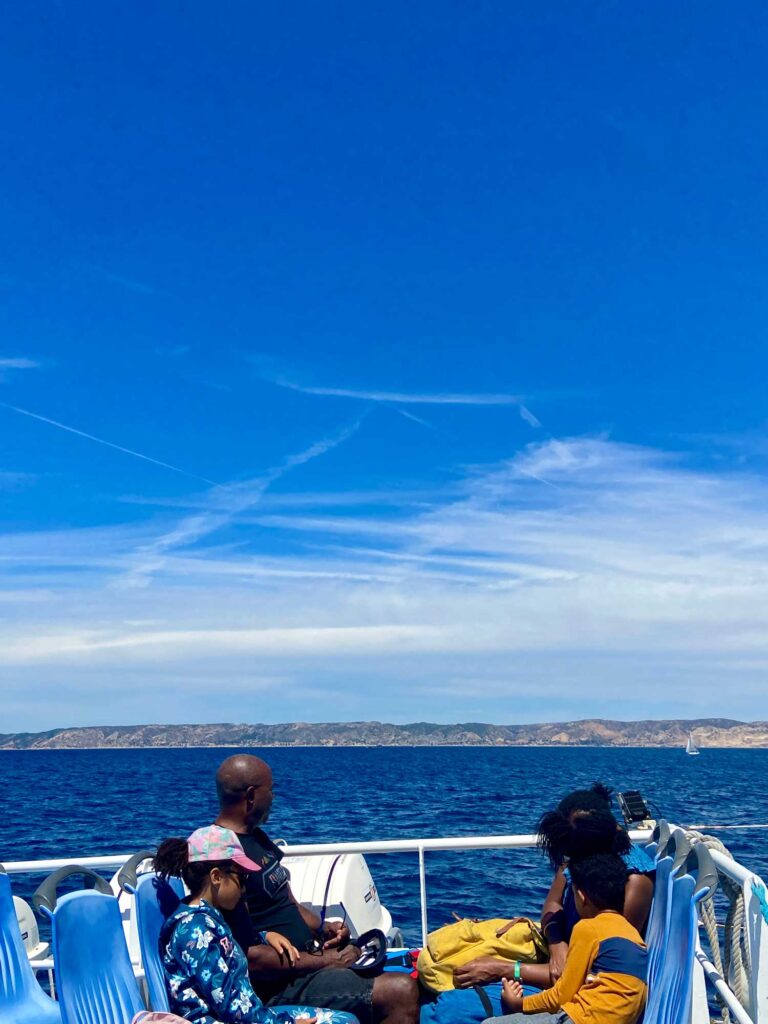
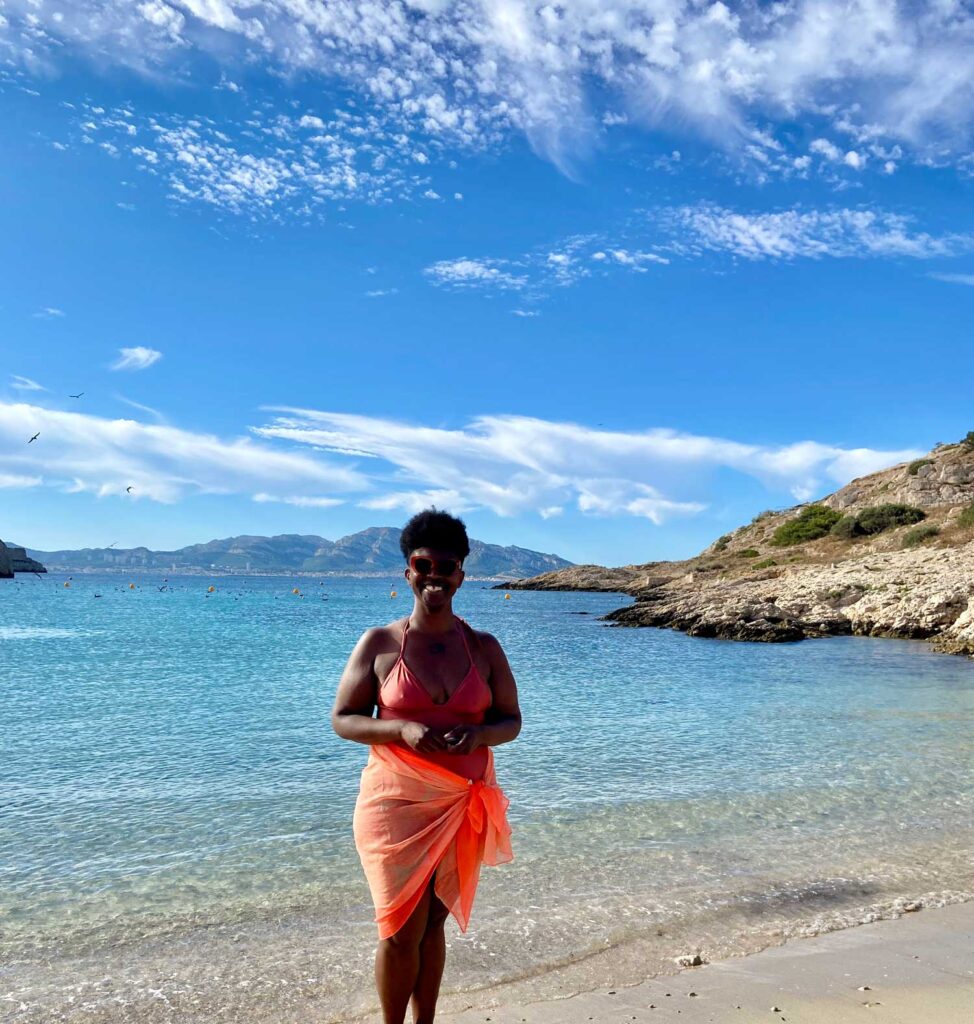
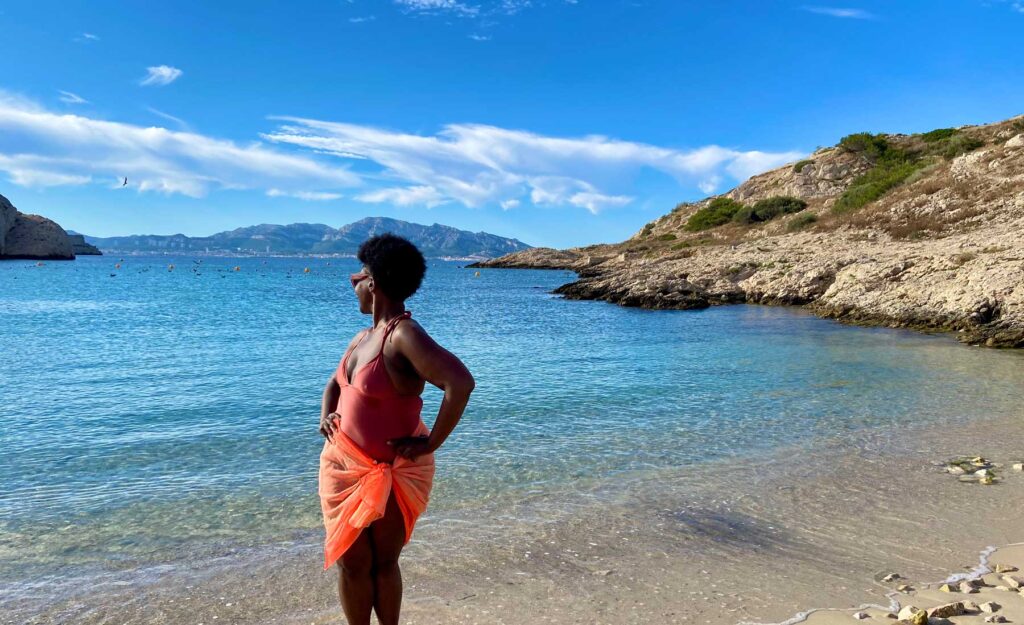
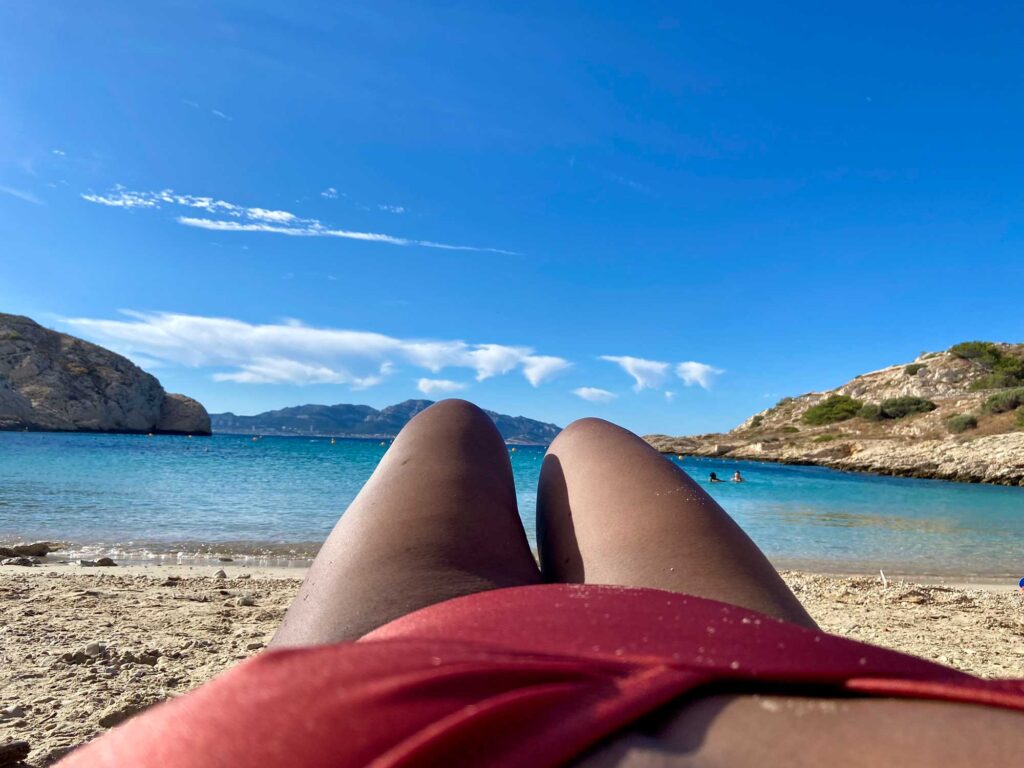
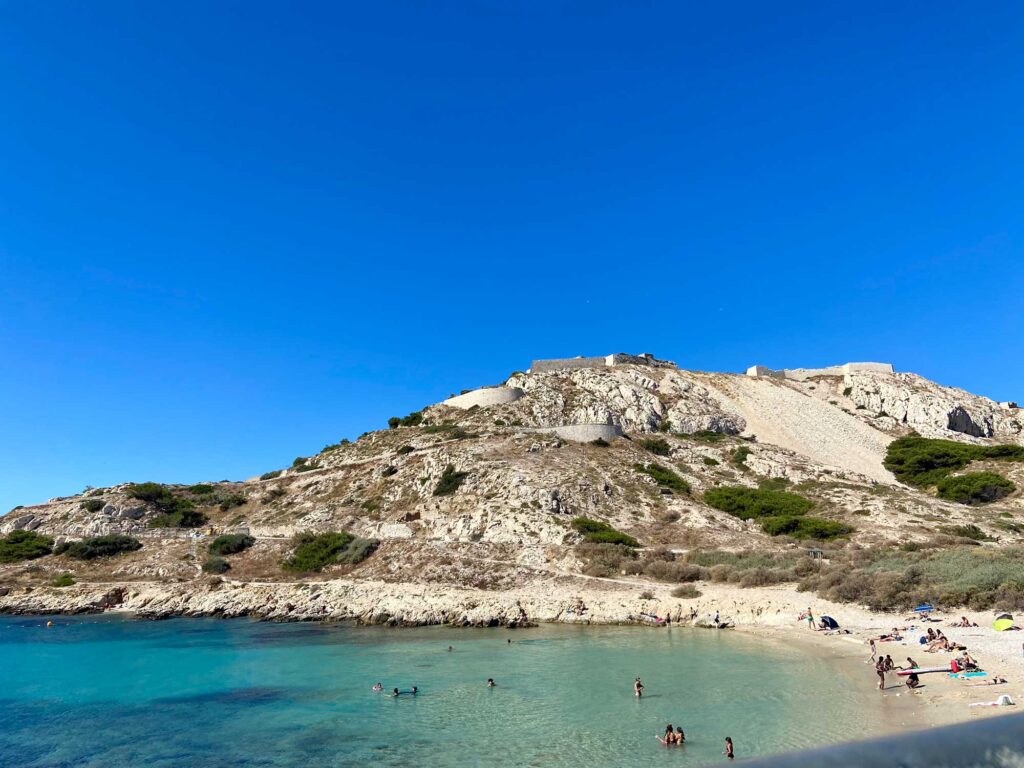
I laid at the edge of a cove and swam a bit with the realization that I haven’t been to a beach in over ten years, with my last beach being in Brazil. Growing up in Milwaukee I could take a bus all the way down to Lake Michigan. Now living in D.C., one has to travel for hours to see a beach.I took for granted the pleasures of growing up near the water.
On my way back from the archipelago I got a little emotional. Often in the U.S., where we hear about people enjoying the south of France, it’s depicted as a very exclusive, wealthy vacation filled with yachts, champagne, and gambling. But here in Marseille, the truth is more egalitarian. Everyone can enjoy the sea and sand, not just the wealthy. The amount of effort that goes into state investment of these kinds of activities nearly made me cry.
While there I met another lovely young woman, this time from the States. She said that she and her boyfriend were planning to attend the fireworks for Bastille Day. That sounded like such a great idea that I made plans to go myself.
Many years of fireworks on the National Mall have taught me several things: Don’t take the obvious pathway. Your trip there and back will be unpleasant and not worth it so try to get to a less-obvious location. After doing a bit of Googling, I learned that one of the better locations to see the fireworks was near St. Victor Abbey. I took an Uber but traffic was redirected, which led the driver through the most impossibly narrow streets. When we arrived, the streets were lined with people hanging off the walls, sitting on the ground, and gathered around pub tables from neighboring restaurants.
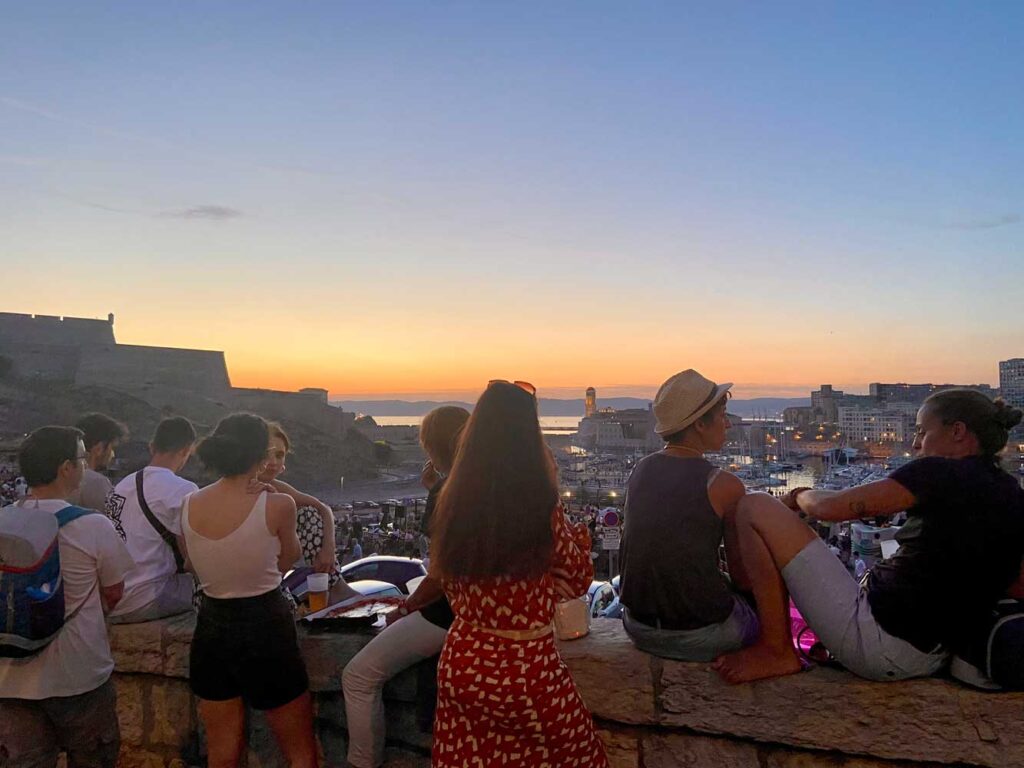
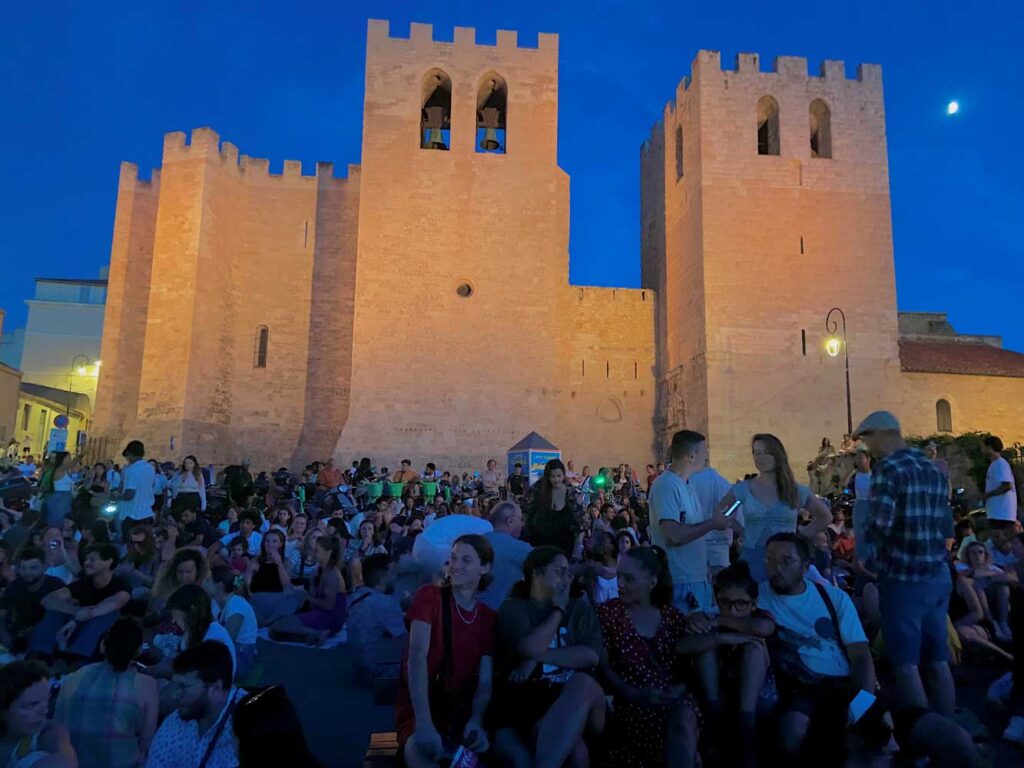
I made sure to leave the driver a good tip.
After the fireworks, the crowd dispersed and poured itself into the streets, sprawled out in every direction. I generally followed where most people were going, noting places I’d like to visit during the day. After climbing a pretty steep hill, I eventually landed in the plaza of Cours Julien, a quintessentially European if not very, very French locale: People dined on the street, watching a football game. Further down people raved outside the rave but didn’t go in, on the plaza. People were setting off tiny fireworks. On the playground in the plaza people smoked anything from cigs to hashish. Kids were out well past their bedtime but Monday was probably a day off so they got to hang out and show their tumbling skills. I met some cool people who accepted my offer of free food after I unintentionally placed the wrong order.
And I must discuss the public bathroom use. Going to the bathroom should be a human right. We all go. Yet, in the U.S. that is not practiced. There are so few public bathrooms there are studies about it and a growing persistent movement to increase the production of public bathrooms. In Marseille, it’s a given. I could just walk into a restaurant and just go. No small talk, begging, or needing to make a purchase. I felt treated like a human being. And their public bathrooms are impressive. I didn’t need to use them at any point but what most impressed me was their size and location. They were available in heavily populated areas where public transit, walkable boulevards, and outdoor cafes were bustling. There is no excuse for our country not to have them.
Before You Know it, You’re Having Homemade Dinner with an American Ex-Pat, and Laying Topless on the Rocks
I was preparing to have dinner that evening with Emme and her family, so I sought out a customary bottle of wine. Being that this is France, I just went into a random convenience store and the staff were incredibly knowledgeable about wine pairings.
Emme is from the city but also grew up in Providence. Her family is of Morrocan heritage and understands the black immigrant experience in the U.S. as well as the black native French experience in Marseille. Her husband is an American from Oakland and is a well-known music producer. They just had a baby and his great-aunt was also there to visit. We vibed on wine, grilled chicken wings, and just the good feeling of being around black people, no matter where we’re from. We all felt comfortable in our element. Before I left for the evening, Emme’s husband said, “If you don’t go anywhere else, go to Malmousque.”
”There are two distinct types of people who visit Malmousque: People who just want to sit on the sand and wade in the water, and people who are willing to walk a bit further to sacrifice their safety on some jagged rocks to see some titties.
By this time in the trip, nearly everything I did was based on striking up a conversation with other visitors or residents. Normally, I’m not as trusting. I’d have a handwritten itinerary or a set of day tours all booked and ready. So far, no one has let me down yet so off to Malmousque I went.
This area of the city is very popular among tourists and residents. There are two distinct types of people who visit Malmousque: People who just want to sit on the sand and wade in the water, and people who are willing to walk a bit further to sacrifice their safety on some jagged rocks to see some titties.
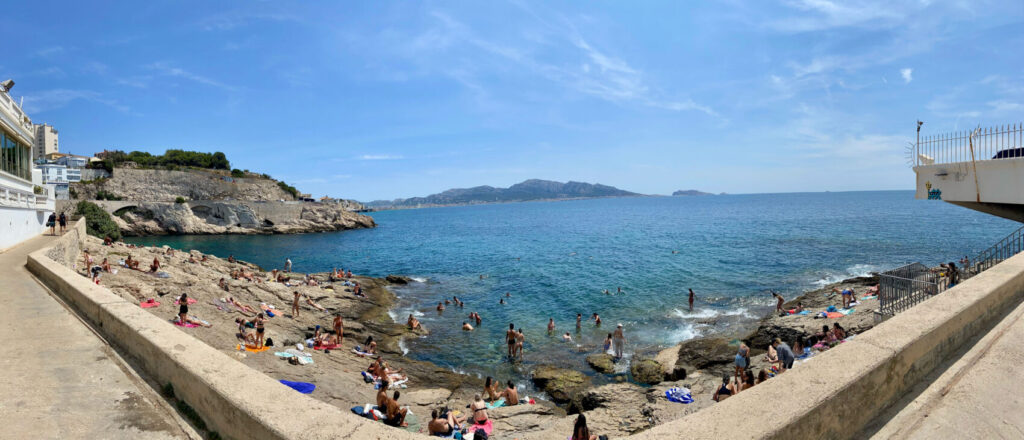
People sunbathing on the rocks at Malmousque
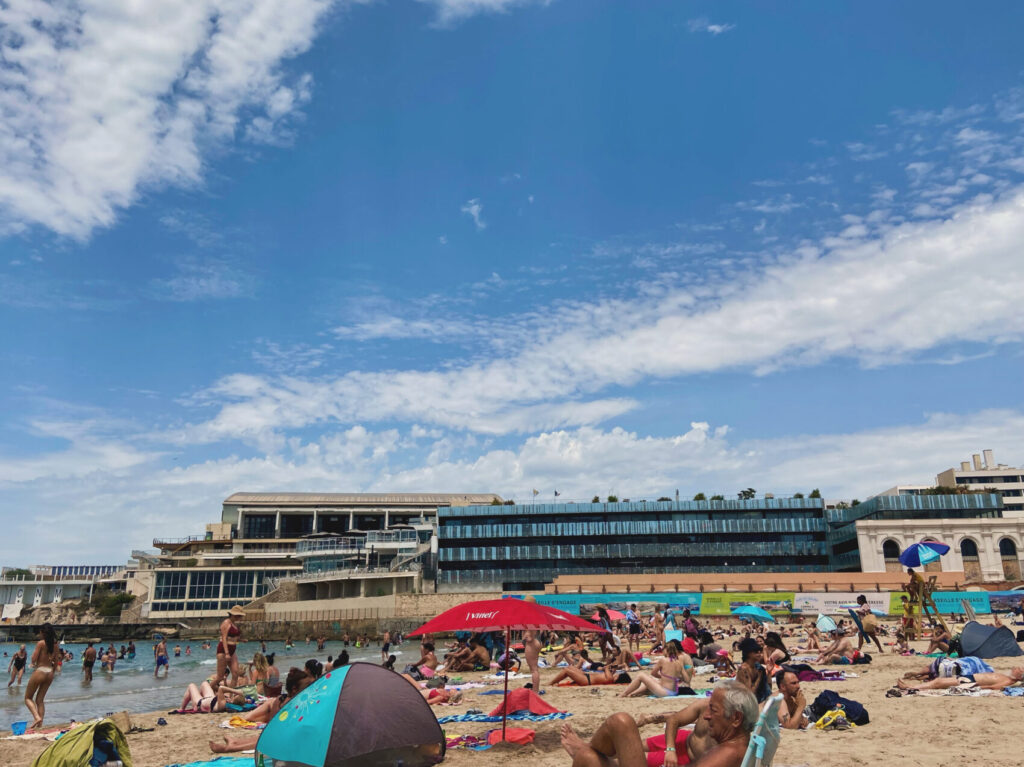
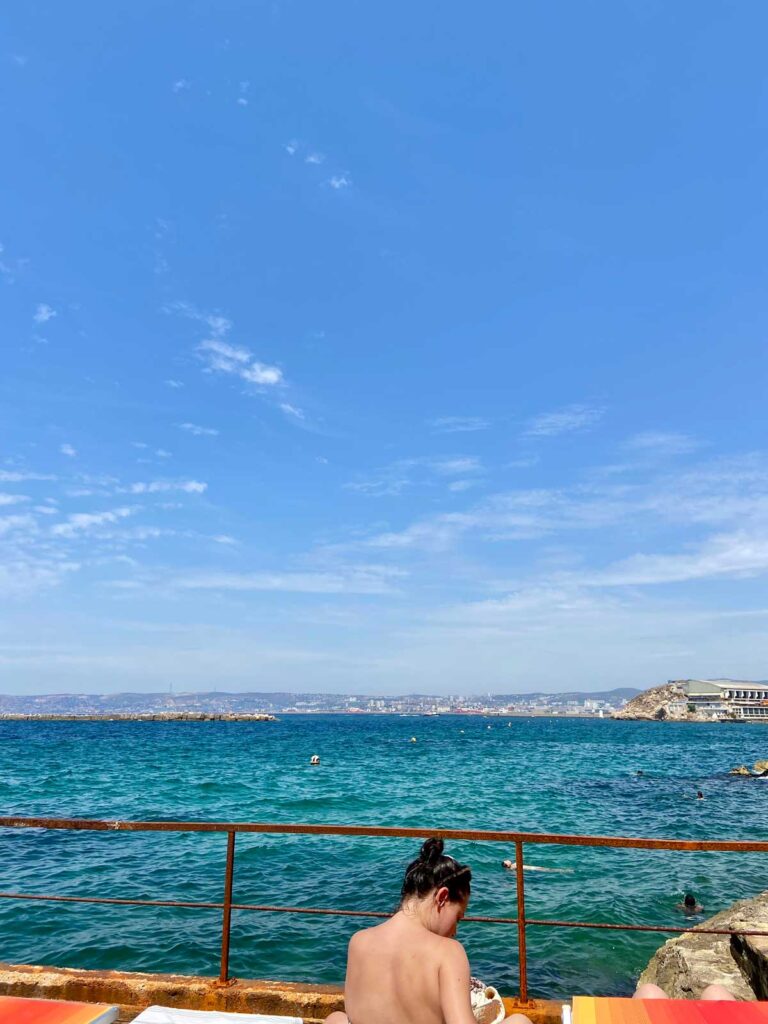
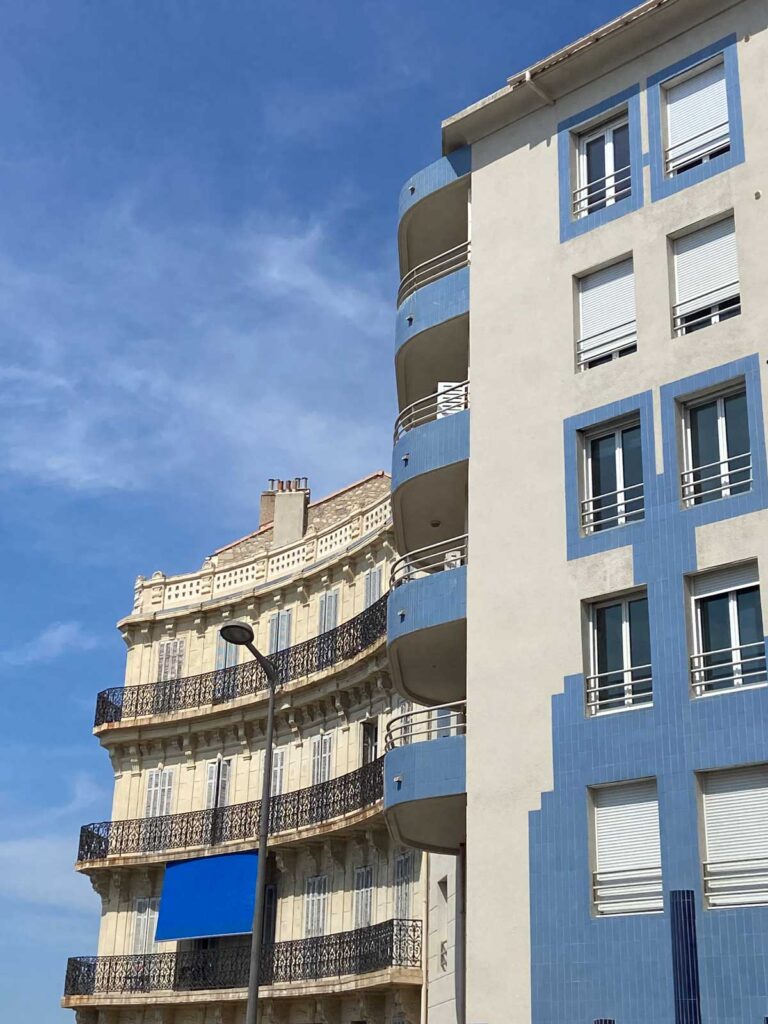
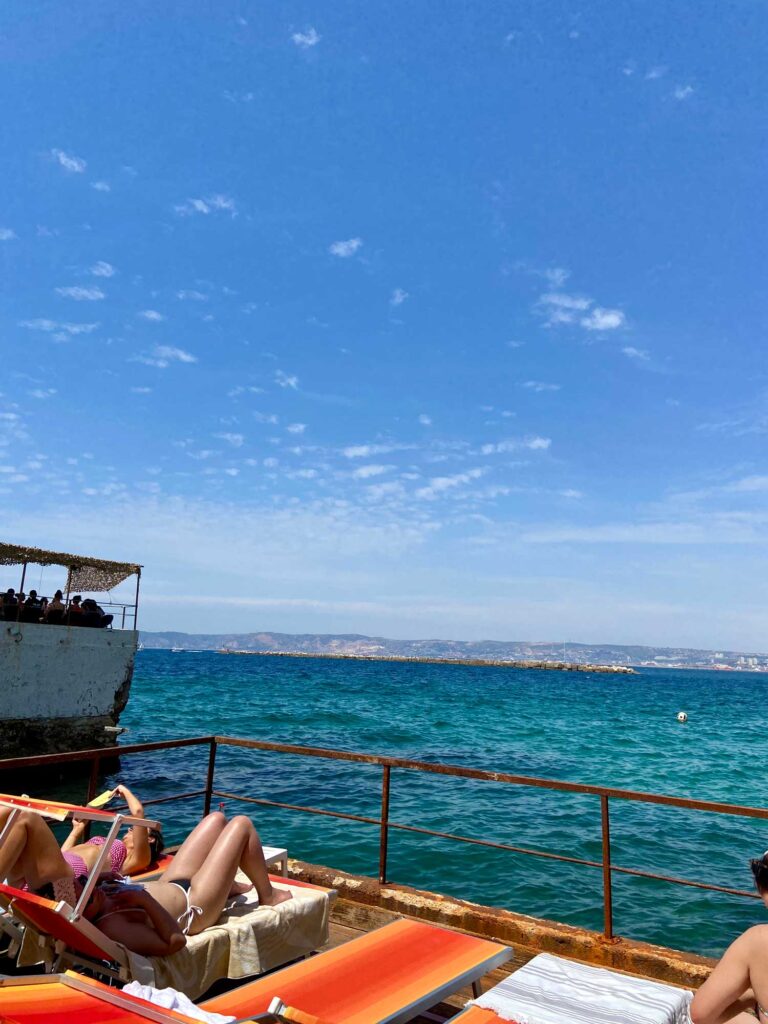
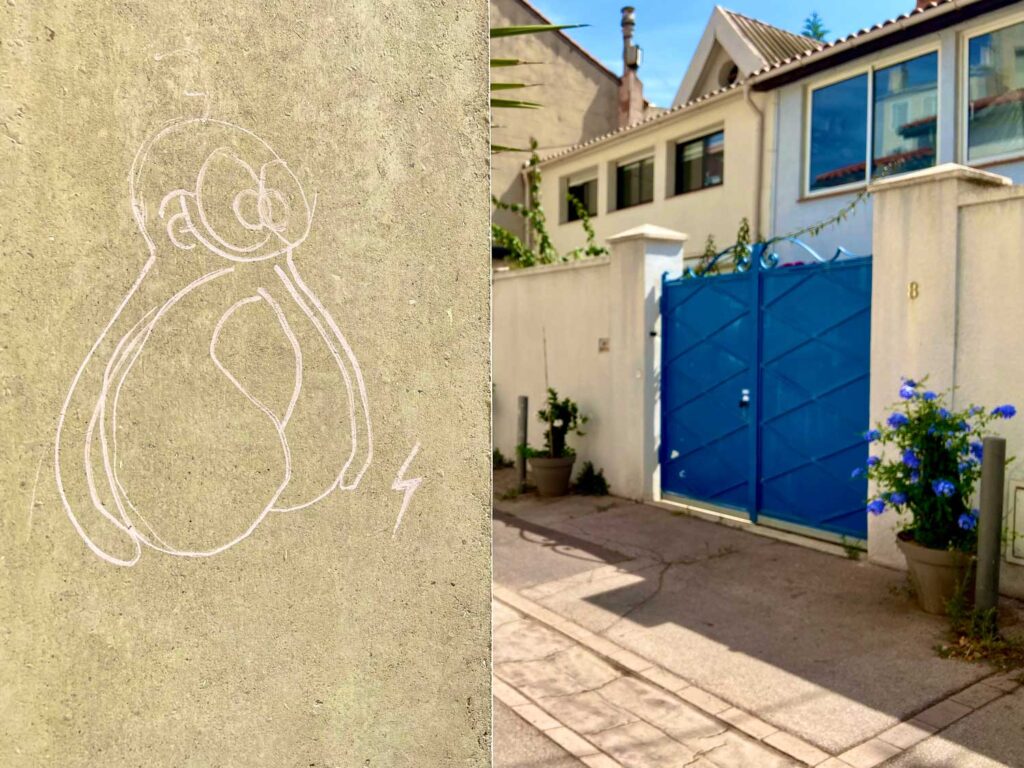
This was my first topless beach experience. It was fantastic, as I had felt so free and open…for about five minutes. Unfortunately, I cut my first visit short. There were a few old white Frenchmen that hovered over me talking like I wasn’t there. I may not be fluent in French, but rudeness is universal. Plus I cut my pinky a bit on the rocks so I wanted to get some relief.
Throughout my trip, I was determined to find the elusive, quintessential Marseille dining experience: Eccentric, clever, rich, flavorful, and full of beautiful decor. This city was not short on cafes and restaurants. But many are often permanently closed or (surprisingly) full of unhealthy food. You could still get a good roast chicken, potatoes, and a baguette at the local convenience store, but I was not expecting so many places to have fried food. Most (except one) ticked the box of flavorful. Most had beautiful seaside views of the port or the streets outside of cafes. But none checked every box like Aposto.
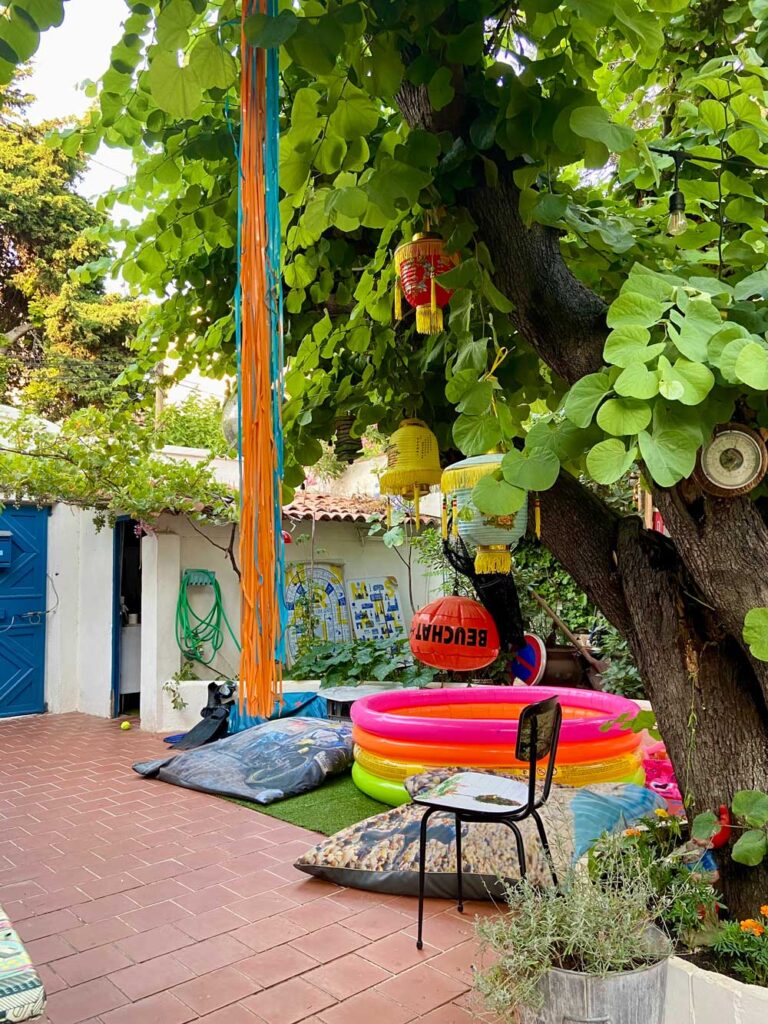
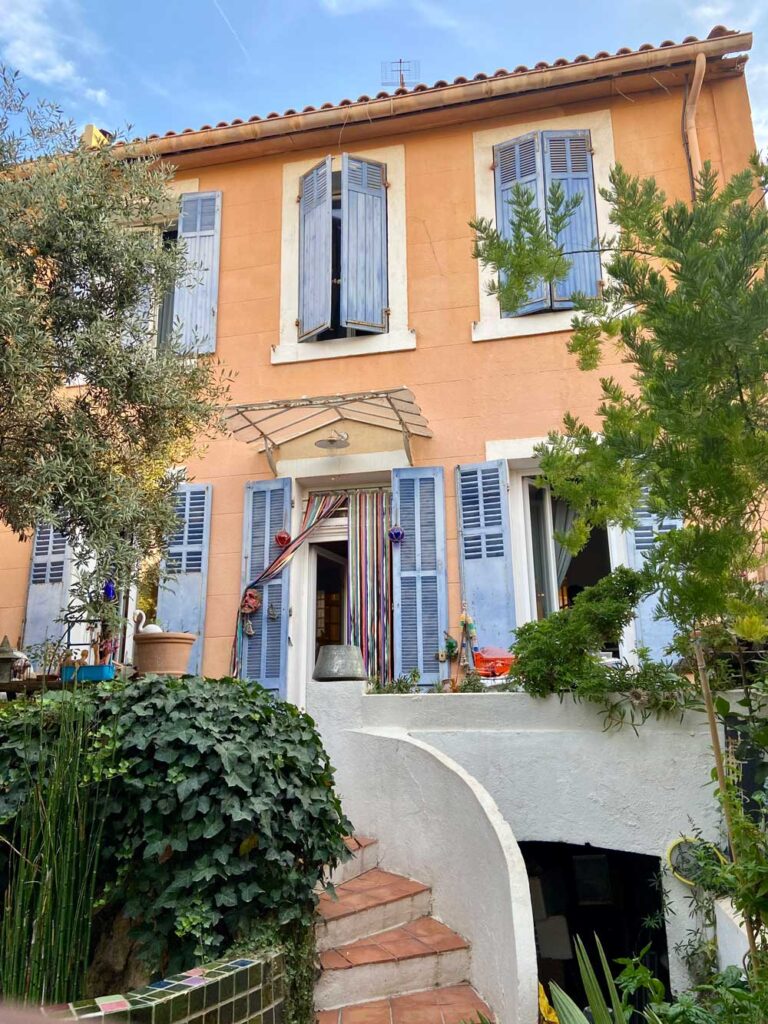
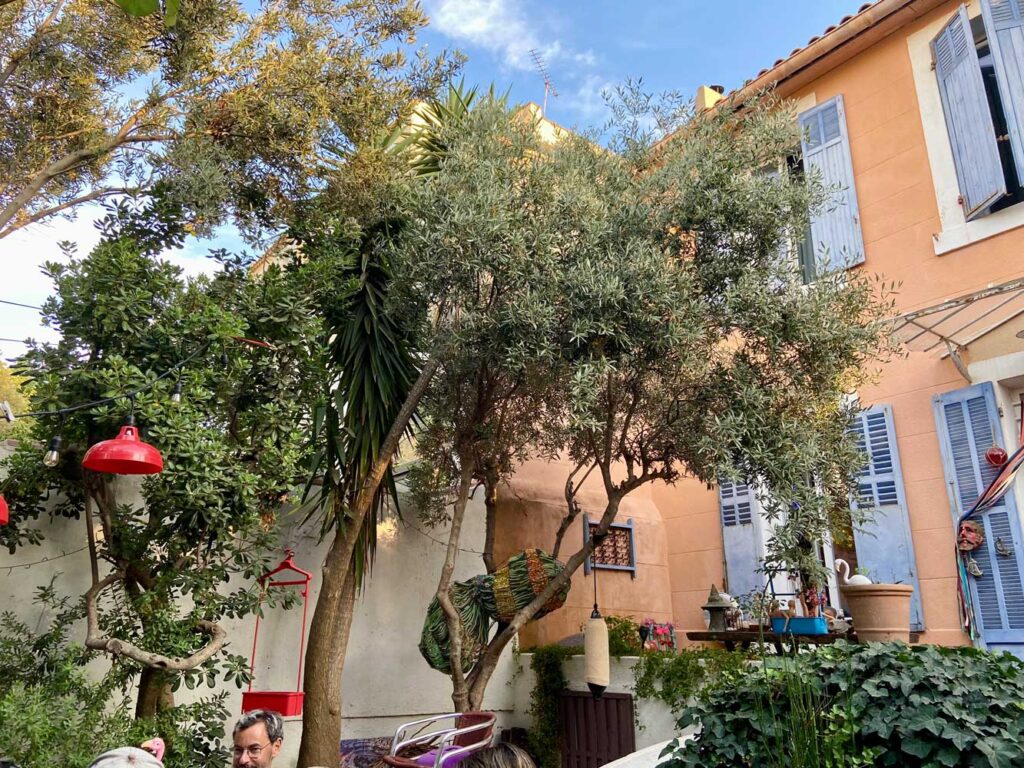
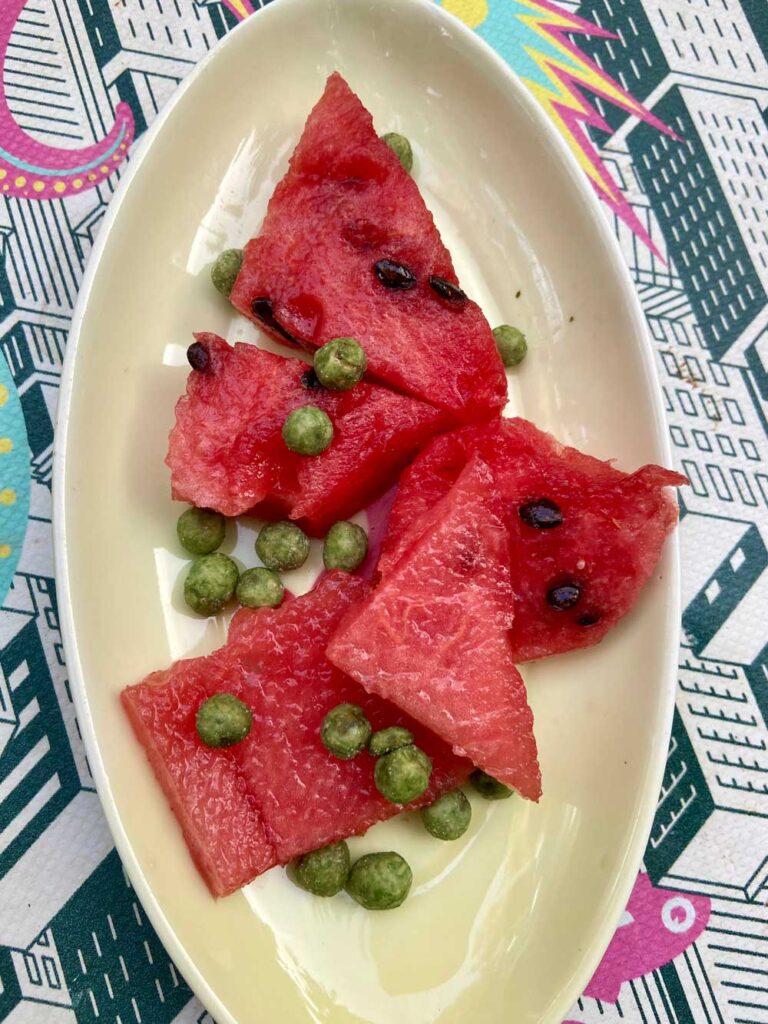
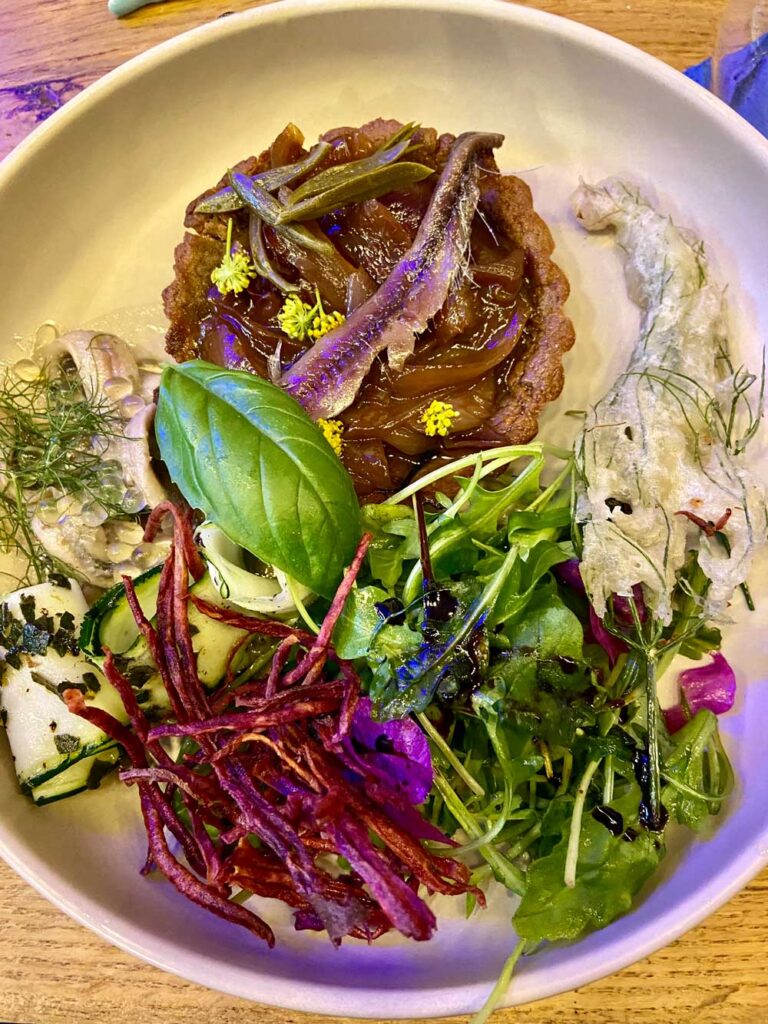
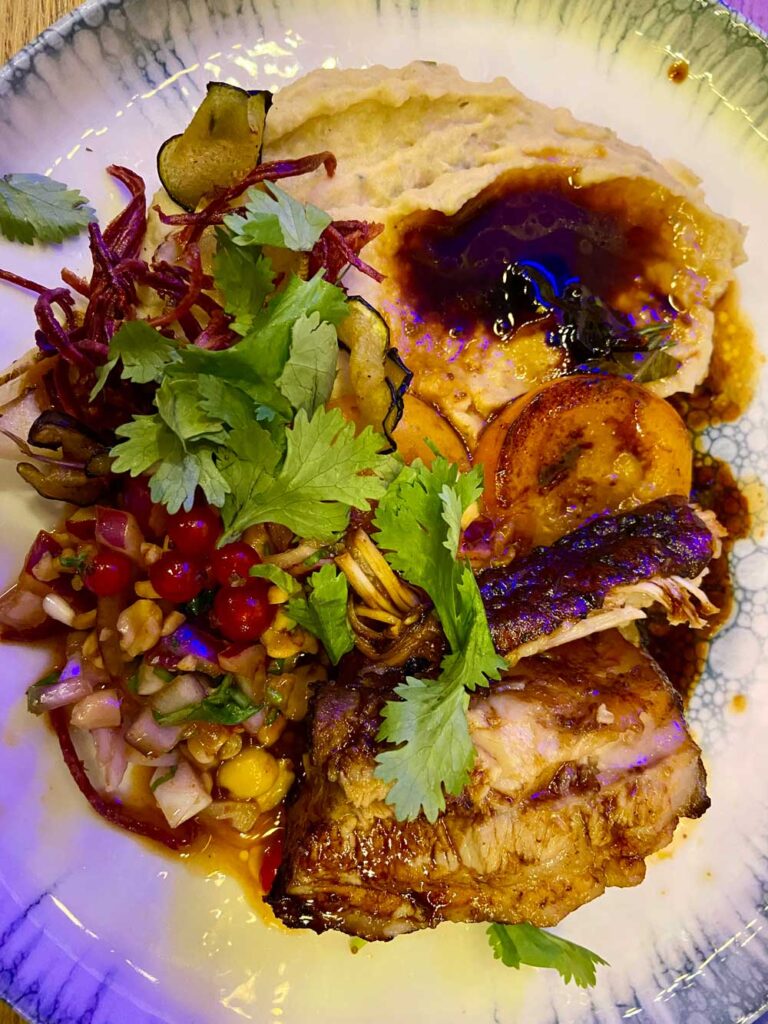
Aposto, located in a residential part of Malmousque is very unassuming. It’s owned by a husband and wife duo that serve an unpublished menu to small group of guests. Reservations are preferred and it’s as simple as making a phone call.
Salad was an artful mix of textures and temperatures that utilized the seaside flavors of Marseille with the traditional use of canned caviar and anchovies. The main course I like to call Thanksgiving in Summer: The combination of roast pork, mashed roast vegetables, apricots, and pomegranate was homey but still light. For dessert (not shown) a tart of caramelized eggplant with lavender-flavored ice cream and pears. We said to ourselves, “This can’t be!”
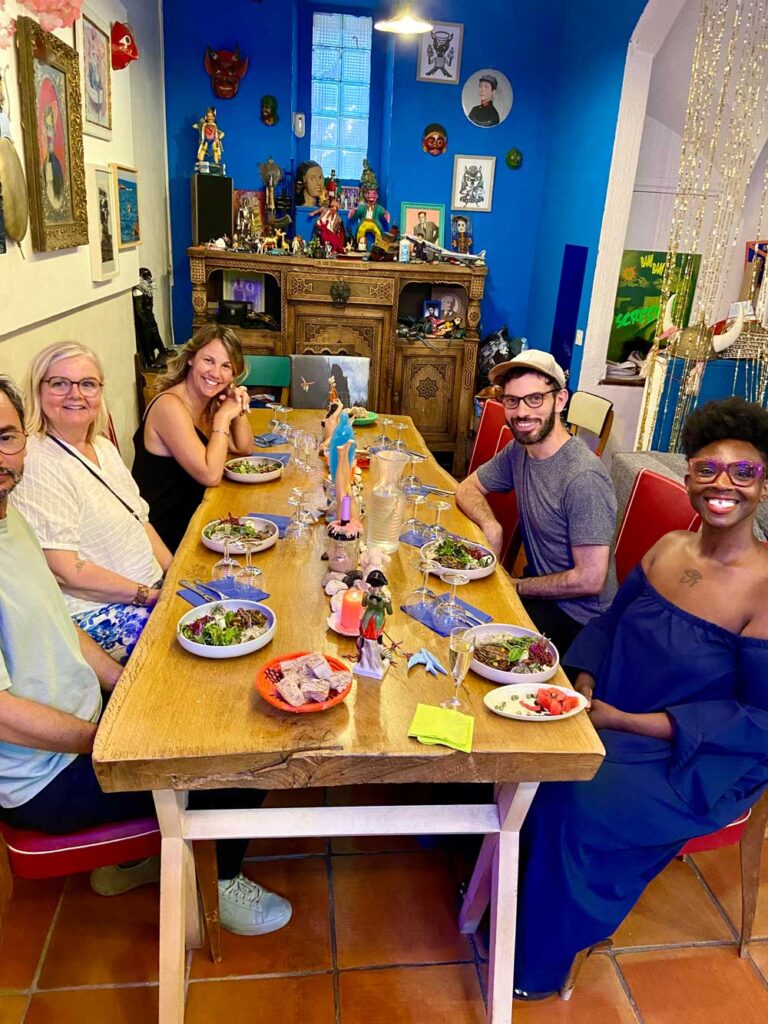
And I made some wonderful new friends as well, a couple of whom work in the art world
Eventually You’ll Go To That Part of Town Where People Gawk At An Old Apartment Building
Realizing I had one more day left in my trip, I went to see a couple more attractions, Frac Sud and Unité d’Habitation.
Unité d’Habitation (Housing Unit) was the first of a few housing projects that were designed by architect Le Corbusier. It has been added to UNESCO’s list of World Heritage Sites and was recently the location for Chanel’s 2024/2025 Cruise collection. Because this functional housing unit attracts many visitors, guests are allowed to visit select floors to study the space.
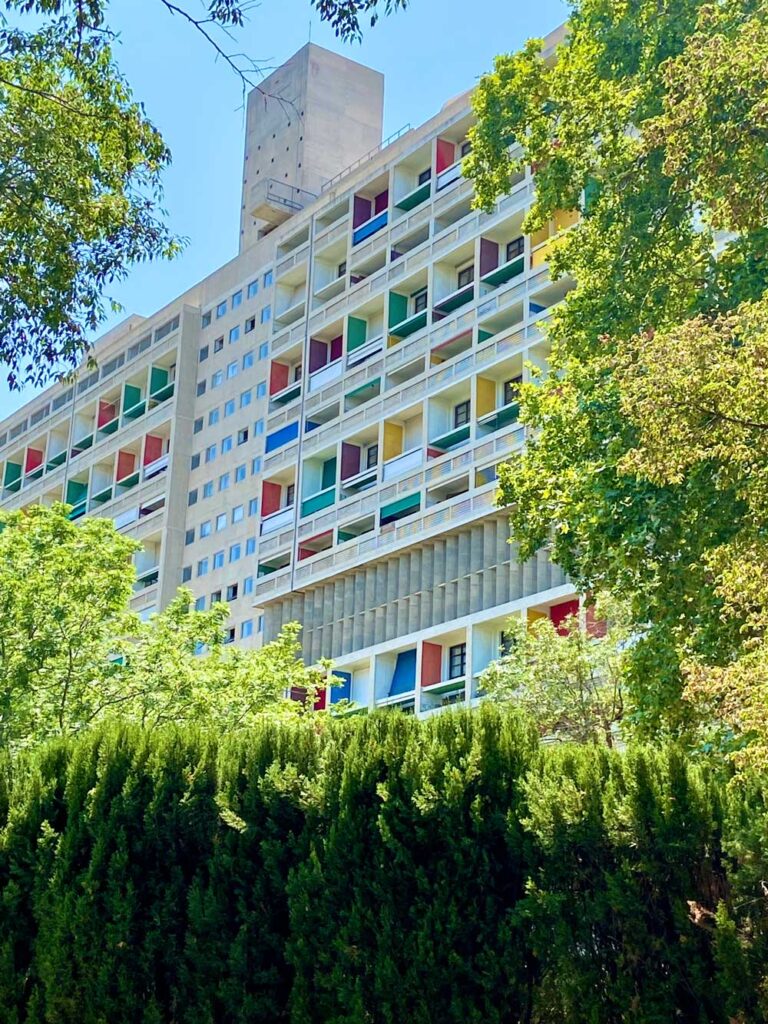
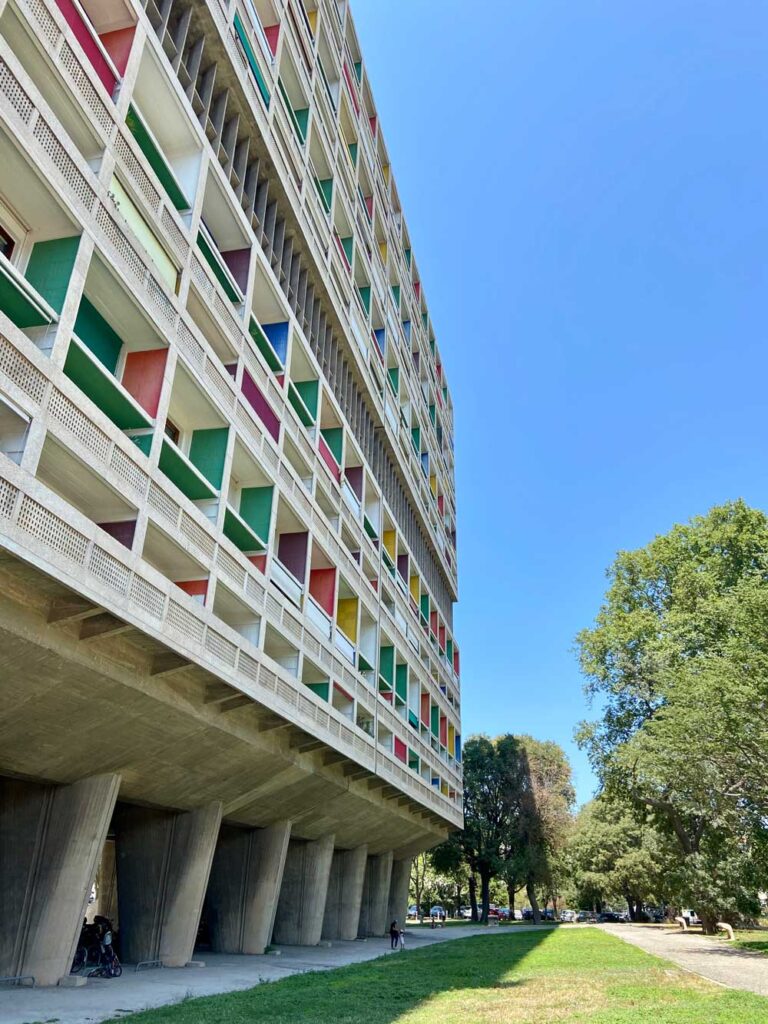
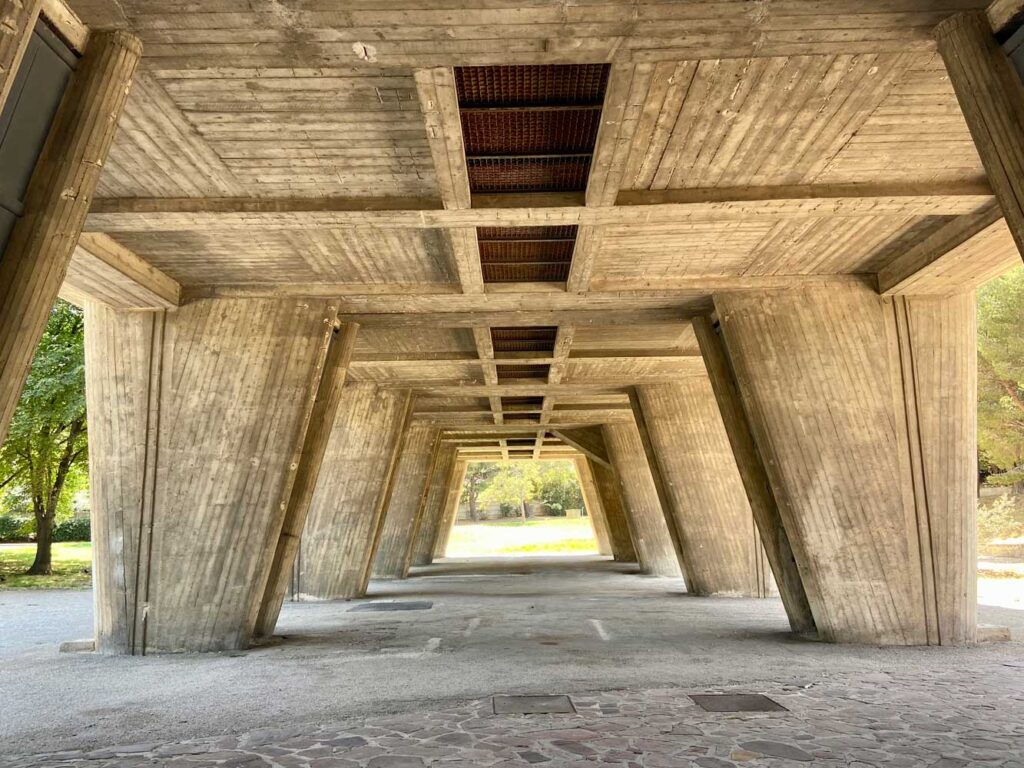
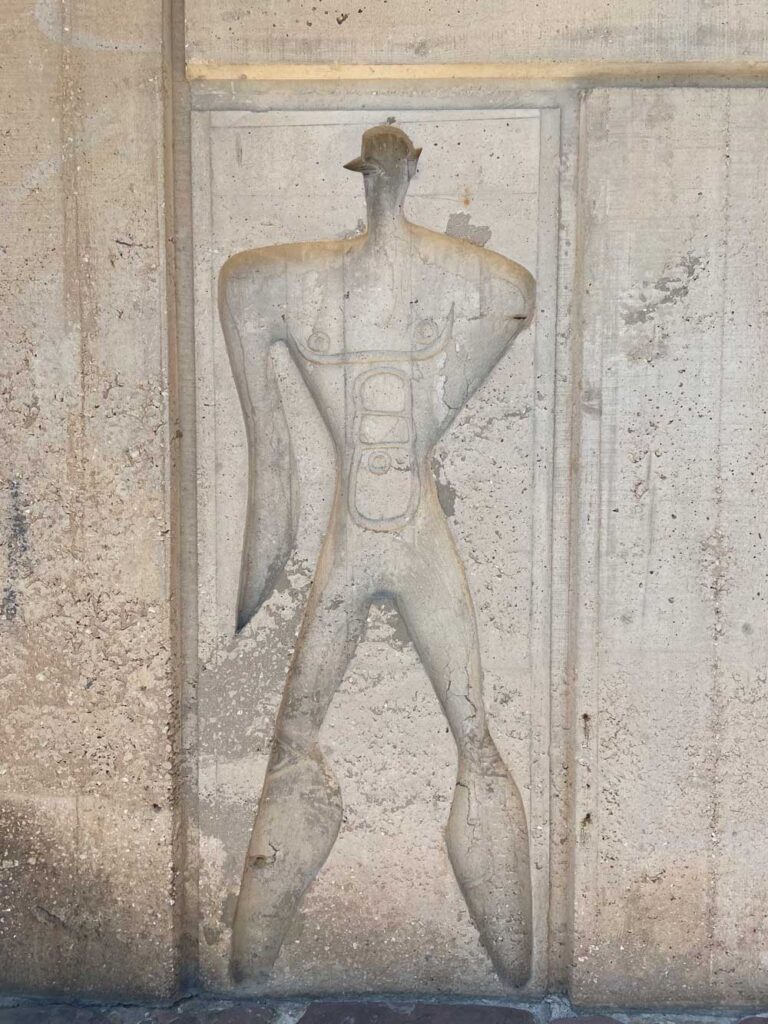
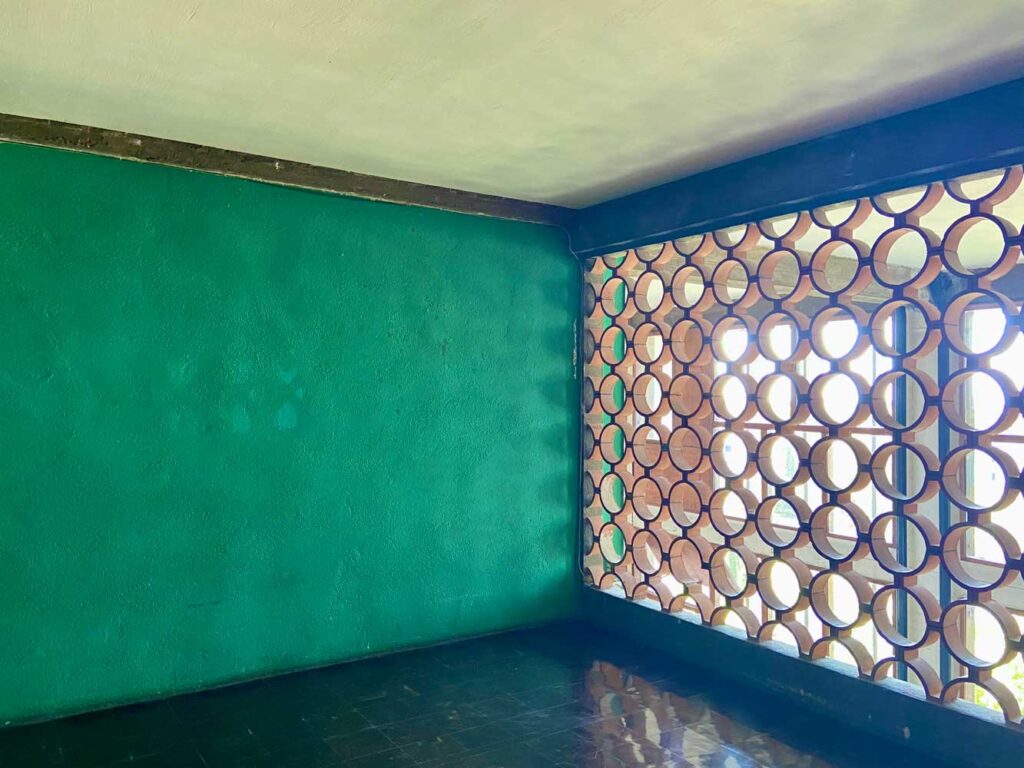
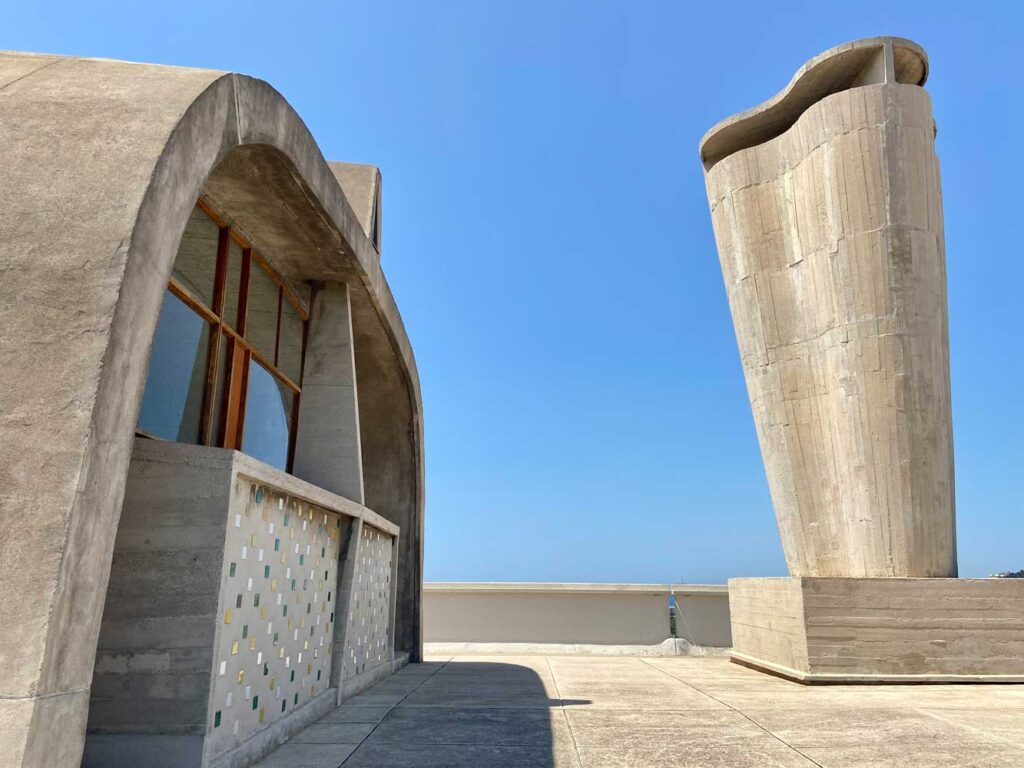
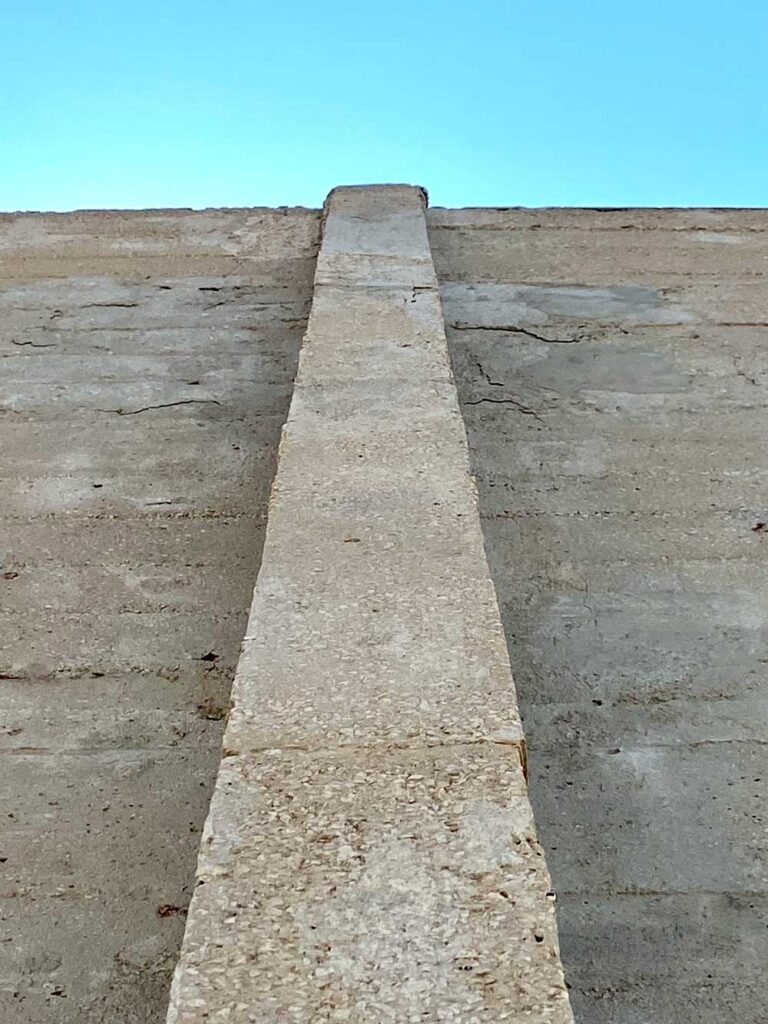
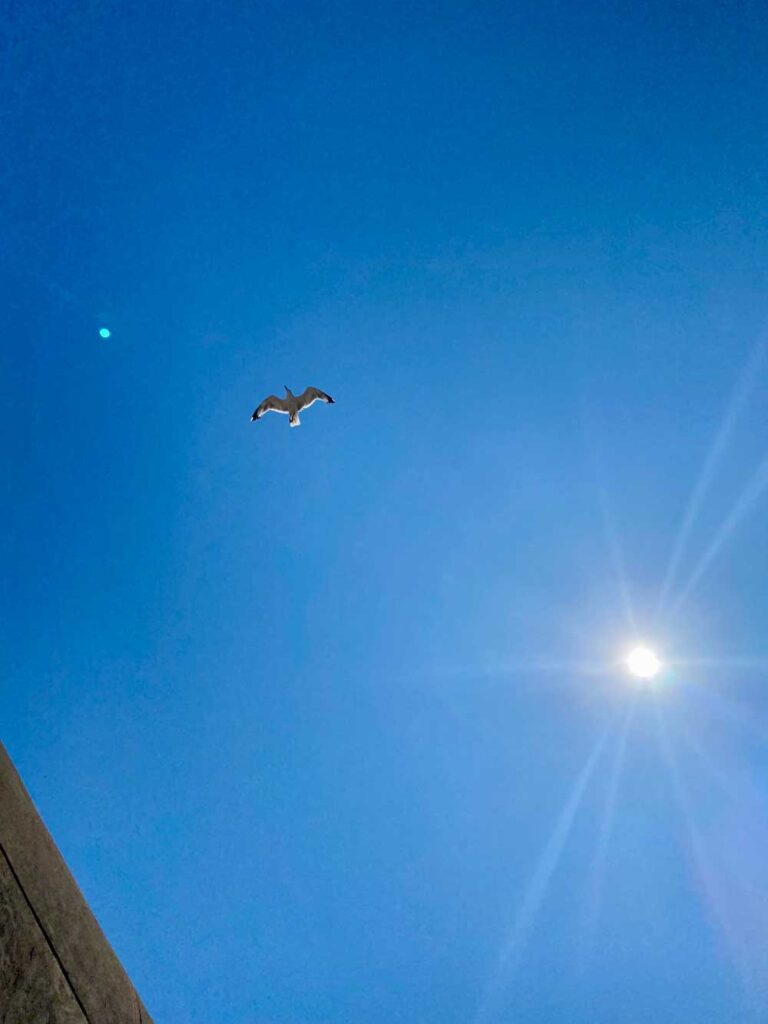
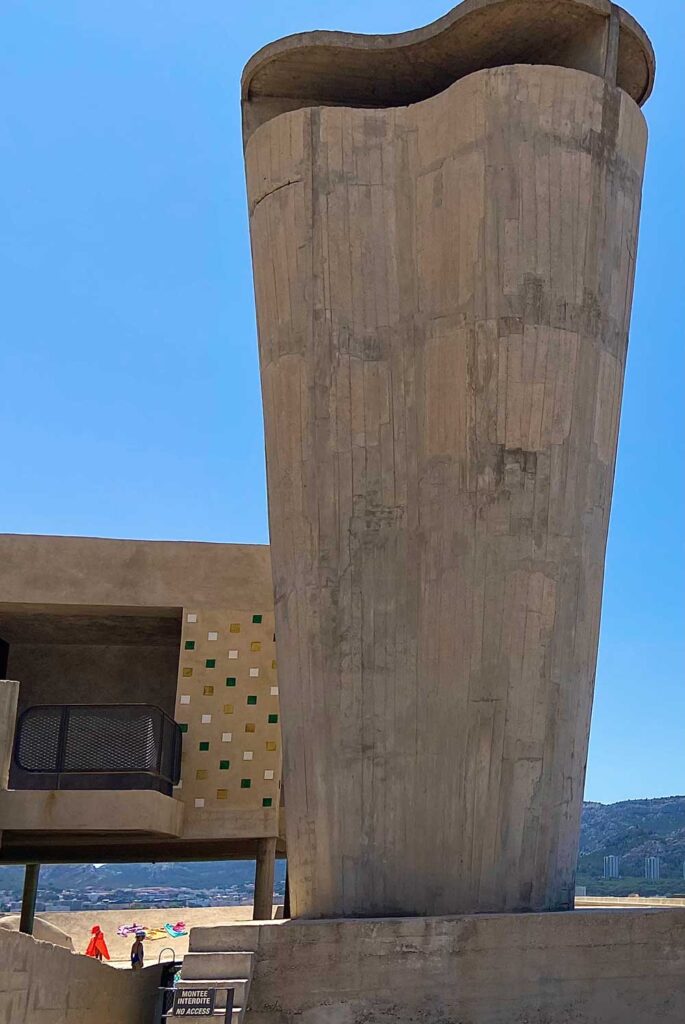
Some of the interior corridors seemed dark and foreboding. But they were very cooling in the extremely hot, dry climate of Marseille. I ended up striking up a conversation with a young architect from Russia who was also visiting to learn more about the building. Brutalism in the U.S. gets a bad reputation. It’s seen as cold and imposing. But in creative hands most often found in tropical areas such as Brazil, brutalism can be quite warm and inviting. Le Corbusier’s Housing Unit illustrates that if a bunch of strangers are willing to come and visit it, there must be something appealing about it.
As I left and walked down the boulevard I was angry. It’s not fair, this was so beautiful.
Yesterday was my last full day in Marseille. I began adopting the technique that my mother and grandfather had which was to begin a fight with a loved one as coping mechanism for their departure. I treated Marseille like someone I had a mad affair with and now we must part:
I never liked you anyway!
The entire city is just one street.
There are too many creepy old white men here.
Ugh, why do they have beautiful boulevards in EVERY neighborhood and we don’t?
They have drinking fountains and free bathrooms in EVERY neighborhood! It isn’t fair!
They’re even doing gentrification better than us!

I get it, it’s easy to become resentful. We don’t have to resign our hopes and lean into the resentment that says, “That’s Europe. We can’t have that in America because (fill in whatever bullshit excuse).” Not only can we have these things we should continue organizing our efforts around these things.
These kinds of trips confirmed what I already learned back in 2008, when millions of people lost their jobs, their houses, and their retirements. They could take away your job, your house; force you into debt. But there are some things they cannot take away: your education, your ethics, your integrity, your values, your joy, and your experiences.
”I treated Marseille like someone I had a mad affair with and now we must part
I’ve come to realize that this travel blog series has become a documentation of me manifesting my long-held dreams of visiting far-off places. When I share these experiences, others will ask me, “Was it what you had hoped?” And I don’t know if a simple yes will suffice, because that’s not the truth. The truth is that, as much as I dream of these places, I don’t fantasize or romanticize them. Like a person, a place becomes more authentic when you actually get to know it.
But it doesn’t hurt to have good taste.
Passport Confessional is a blog series on IDSL dedicated to places I’ve traveled to, outside of the U.S.


